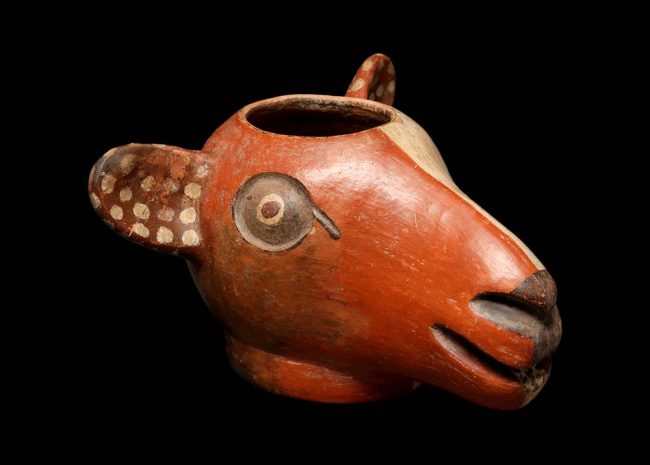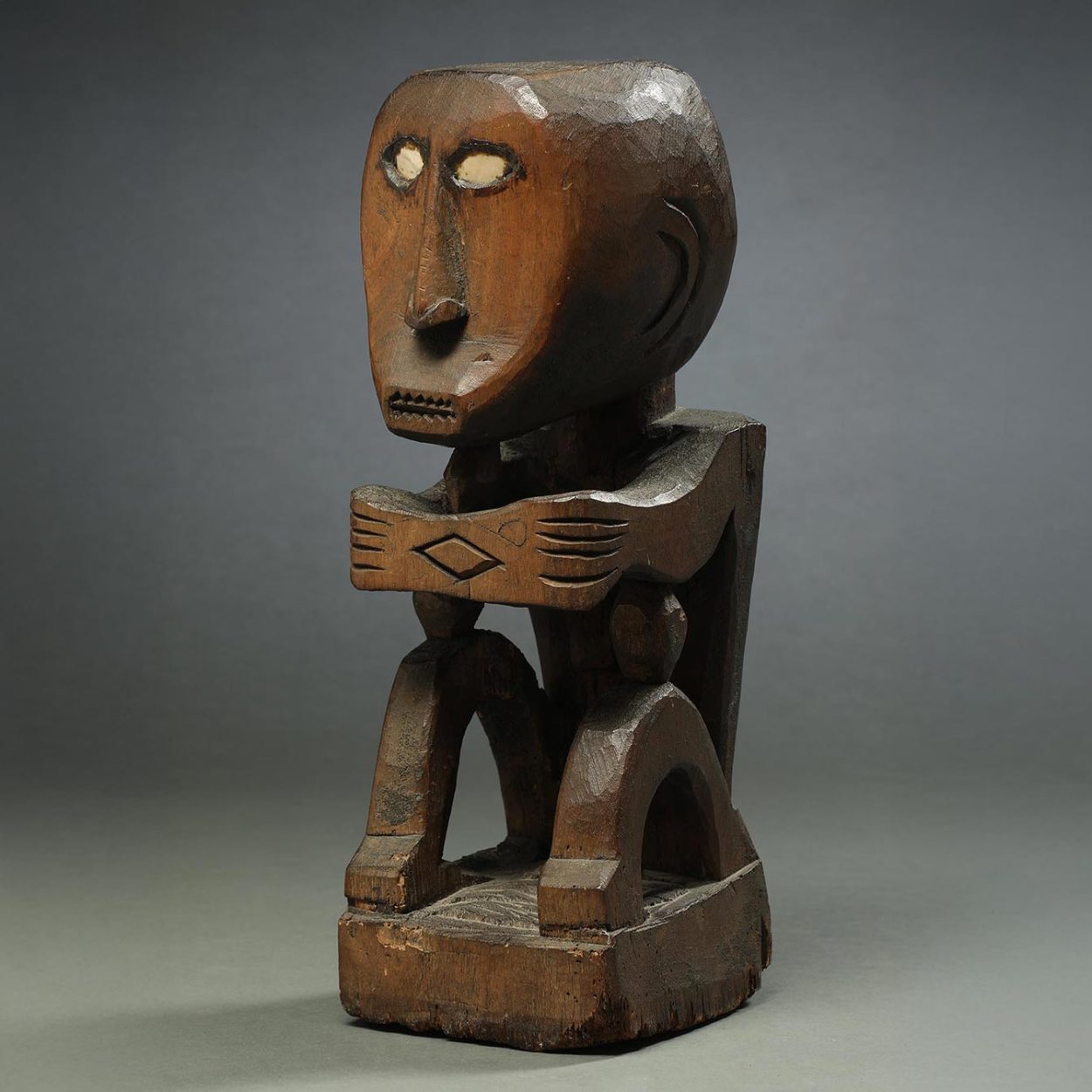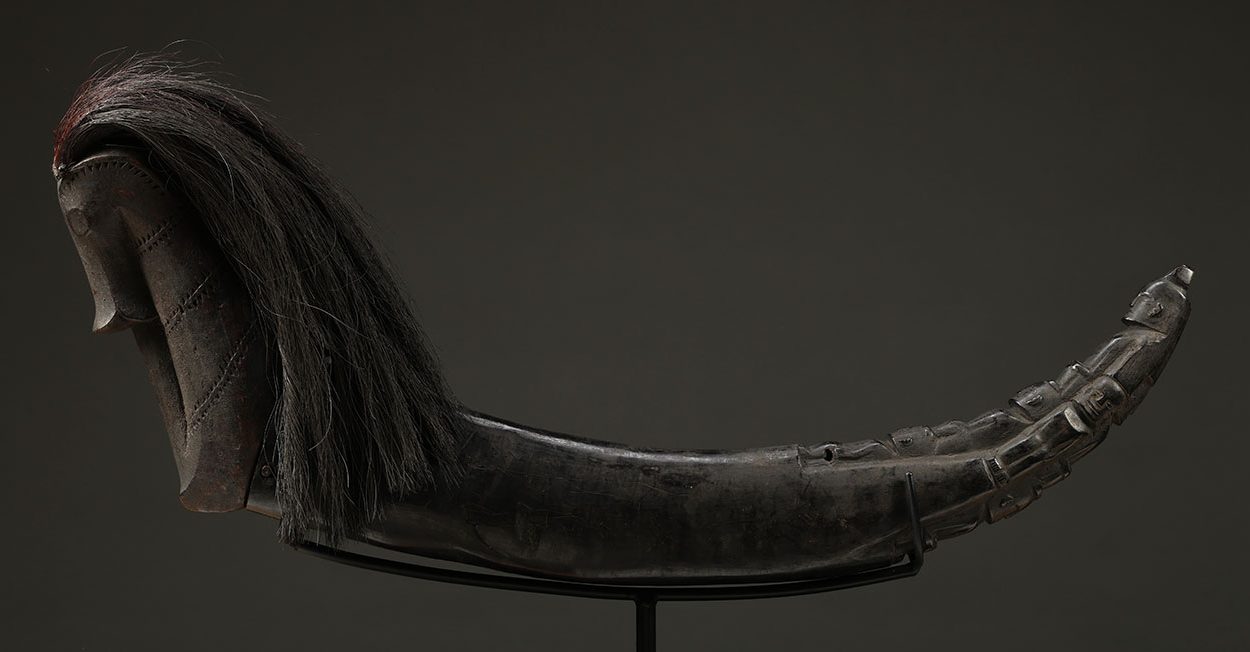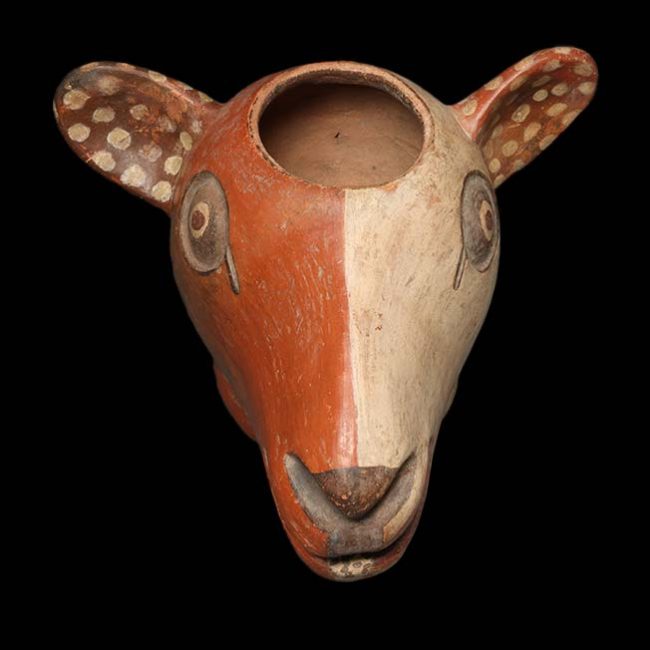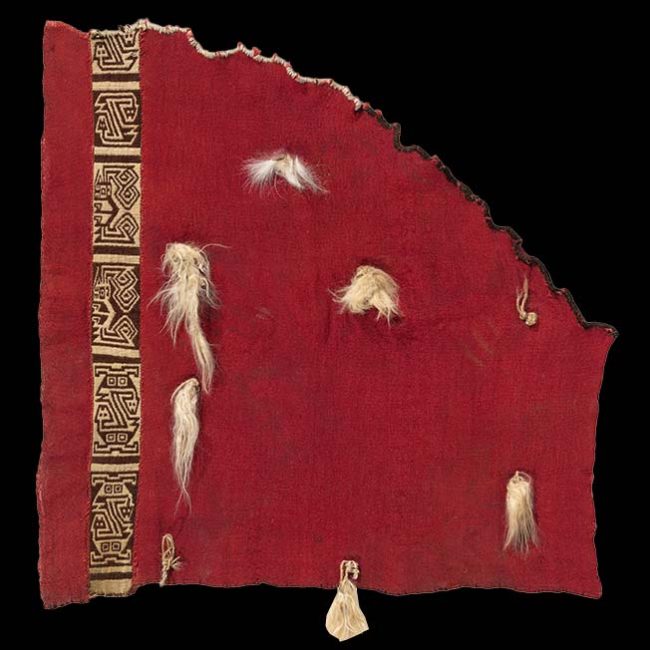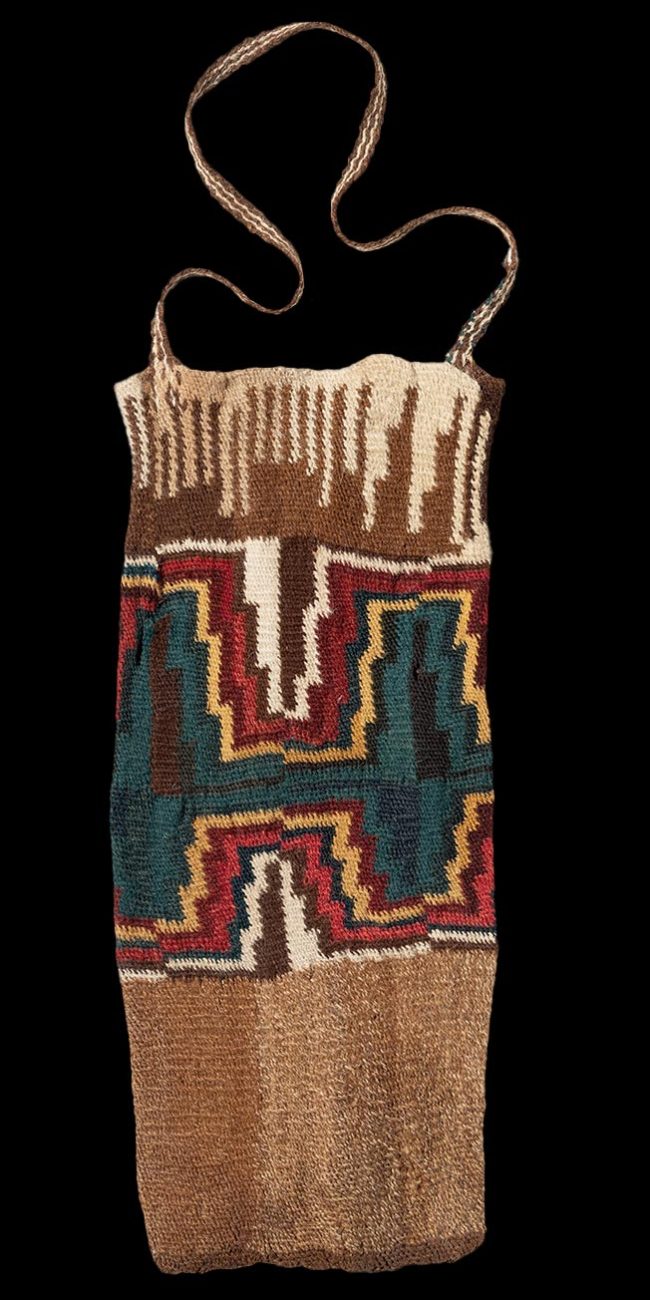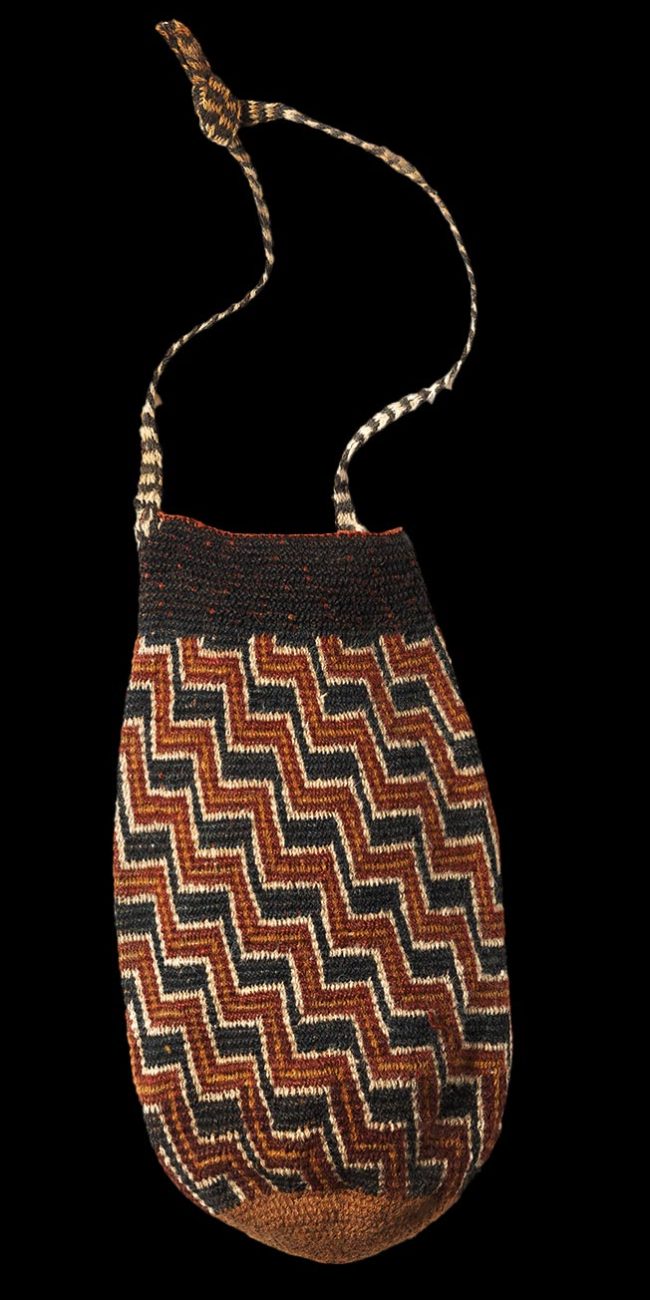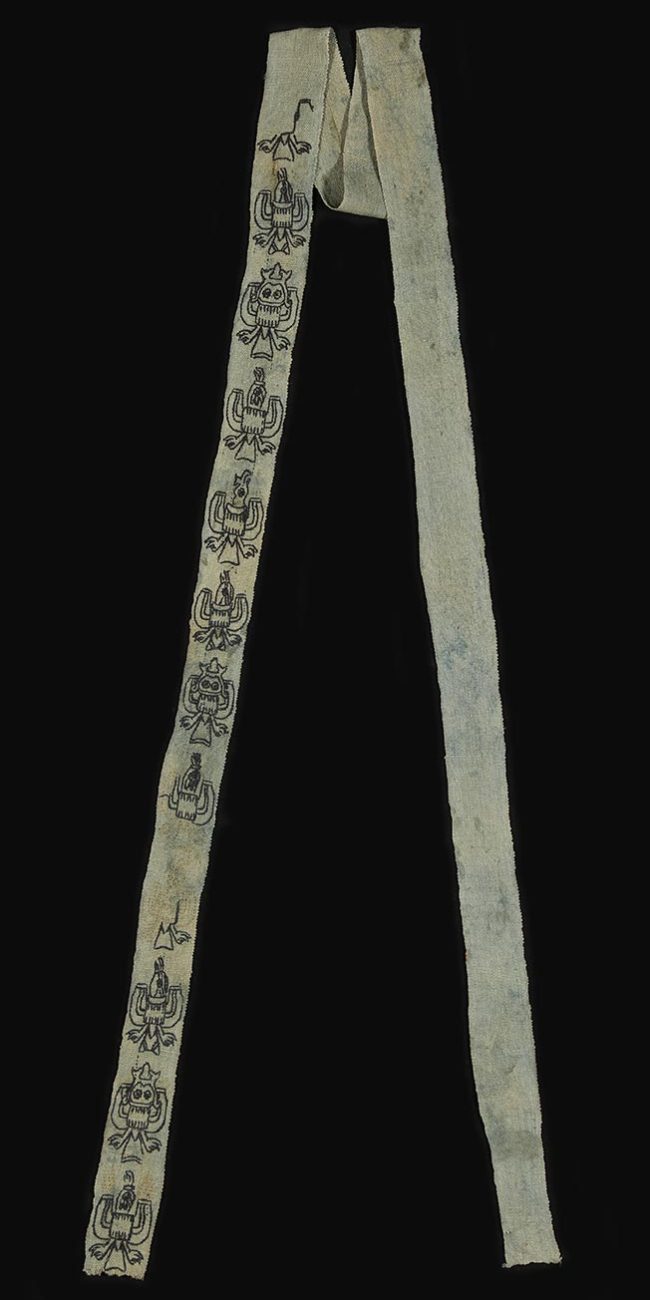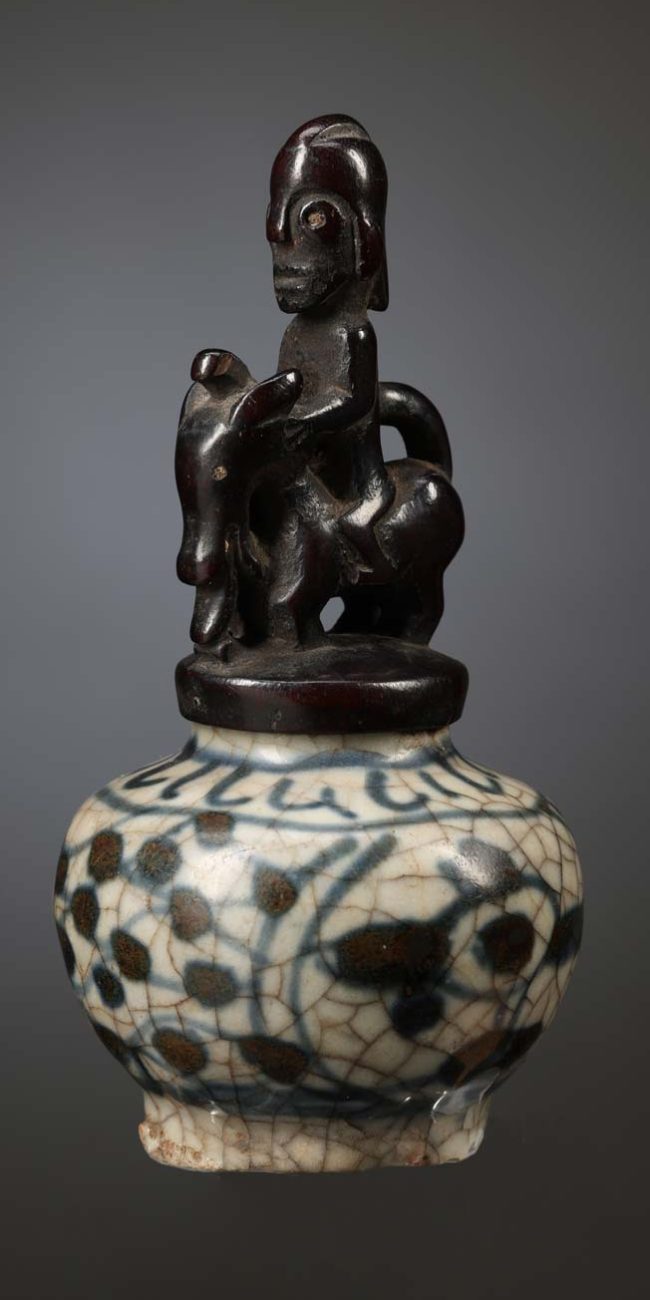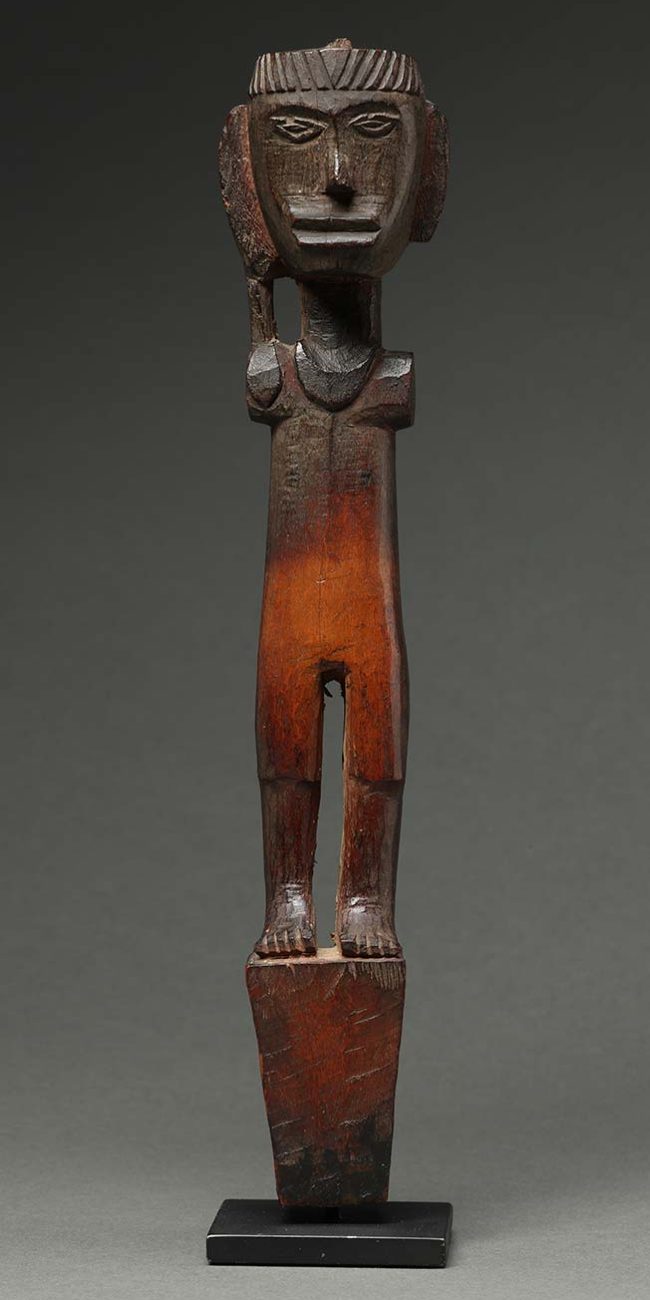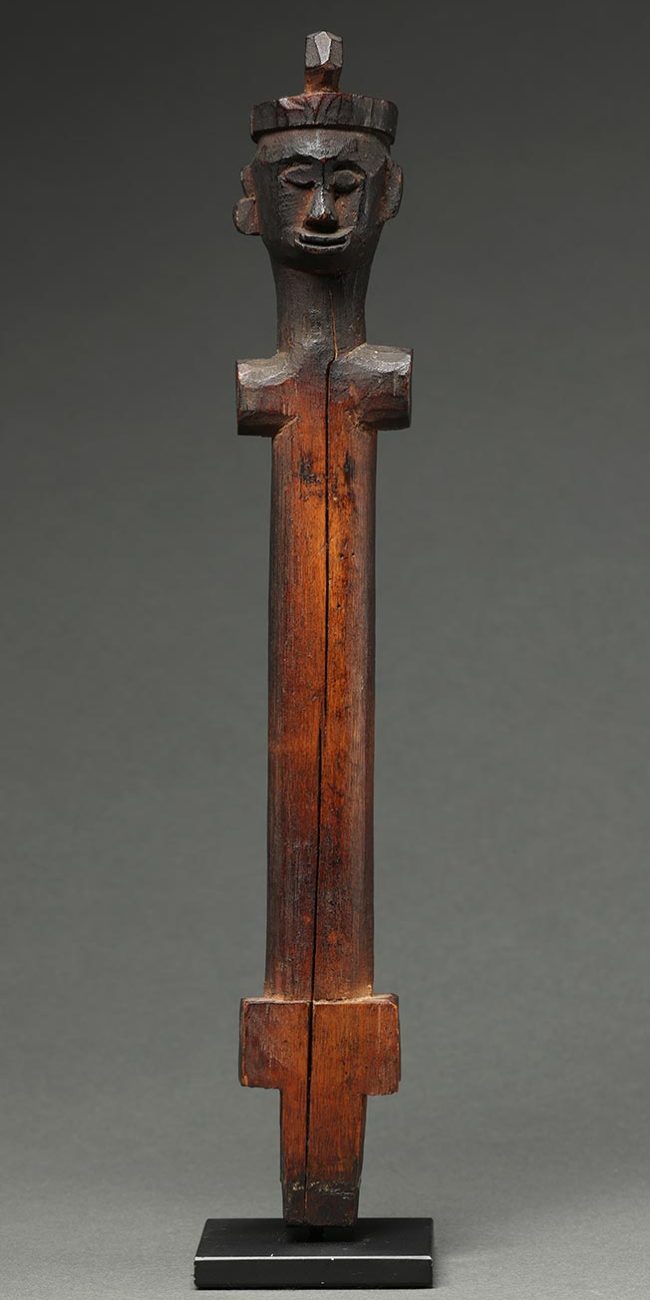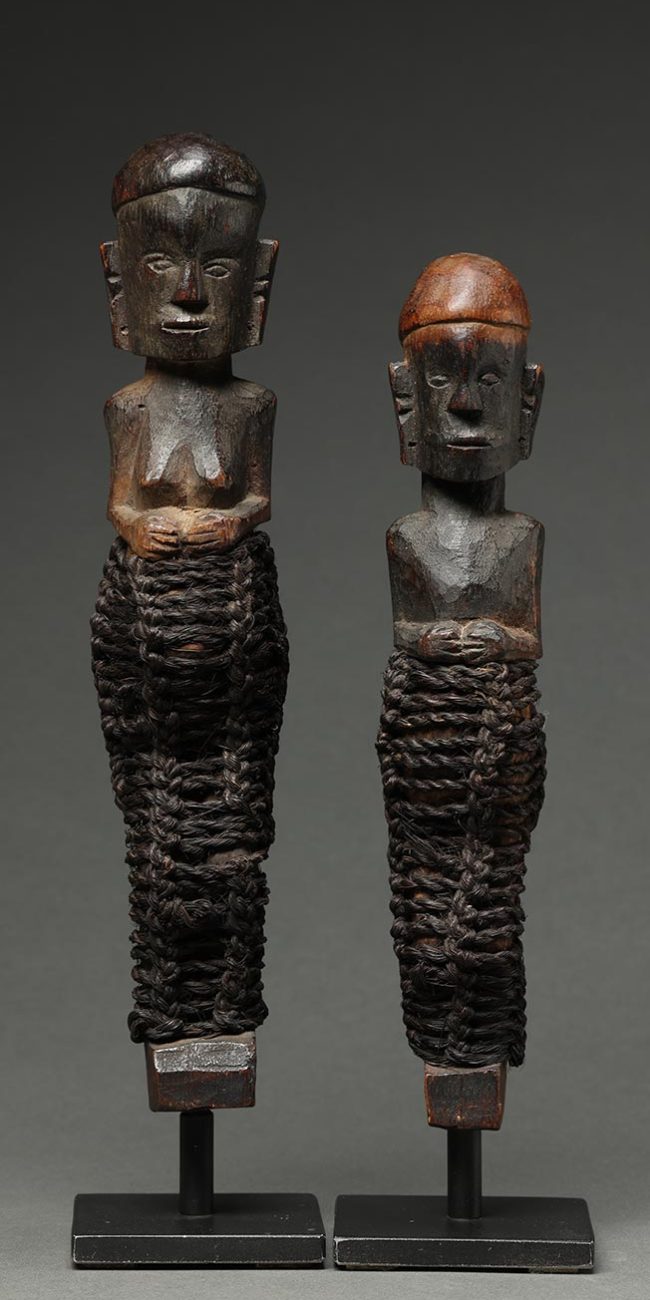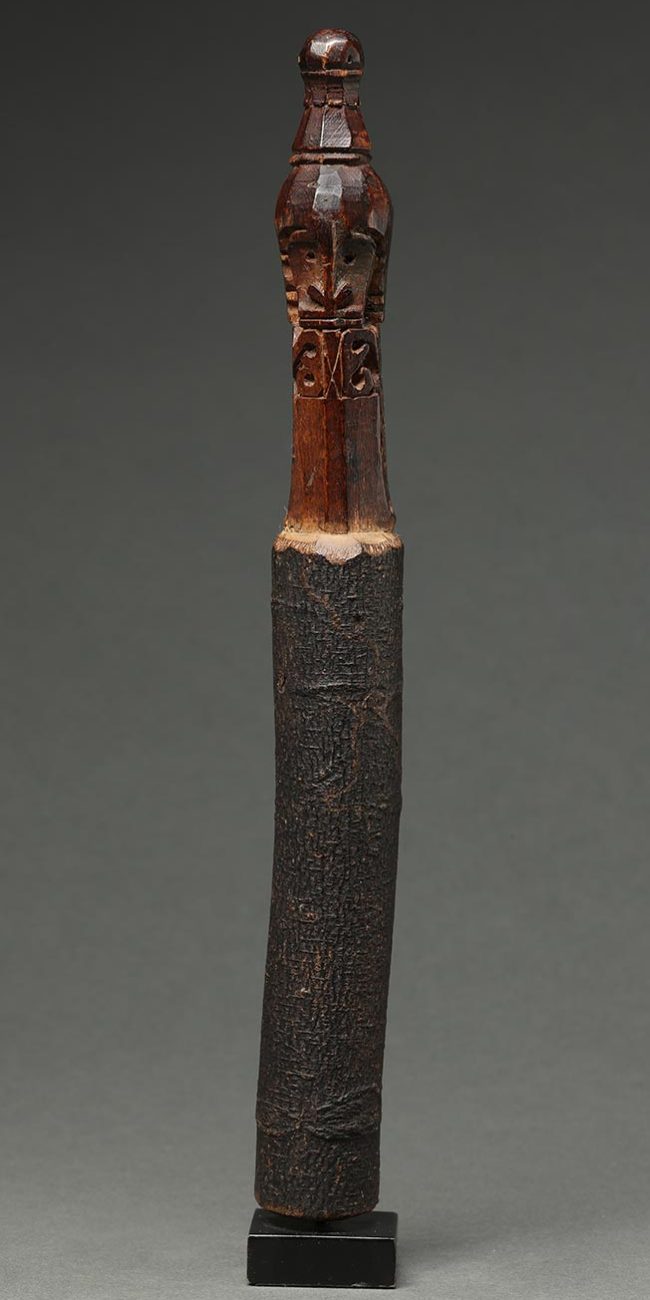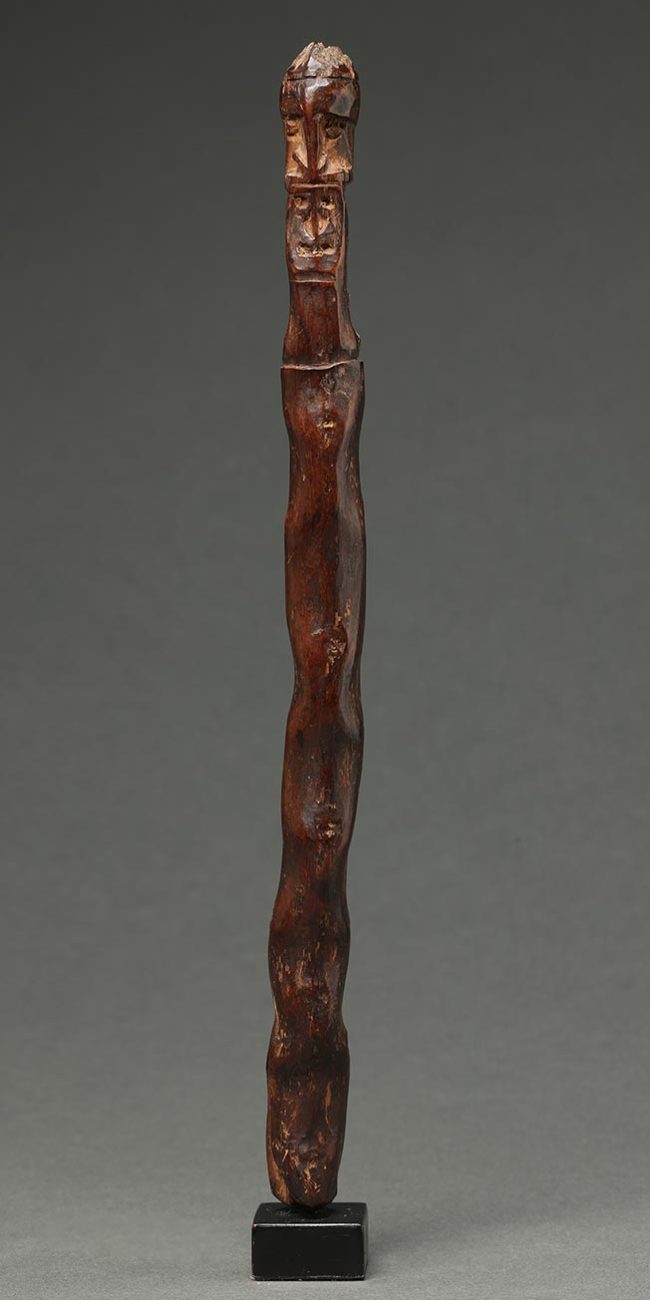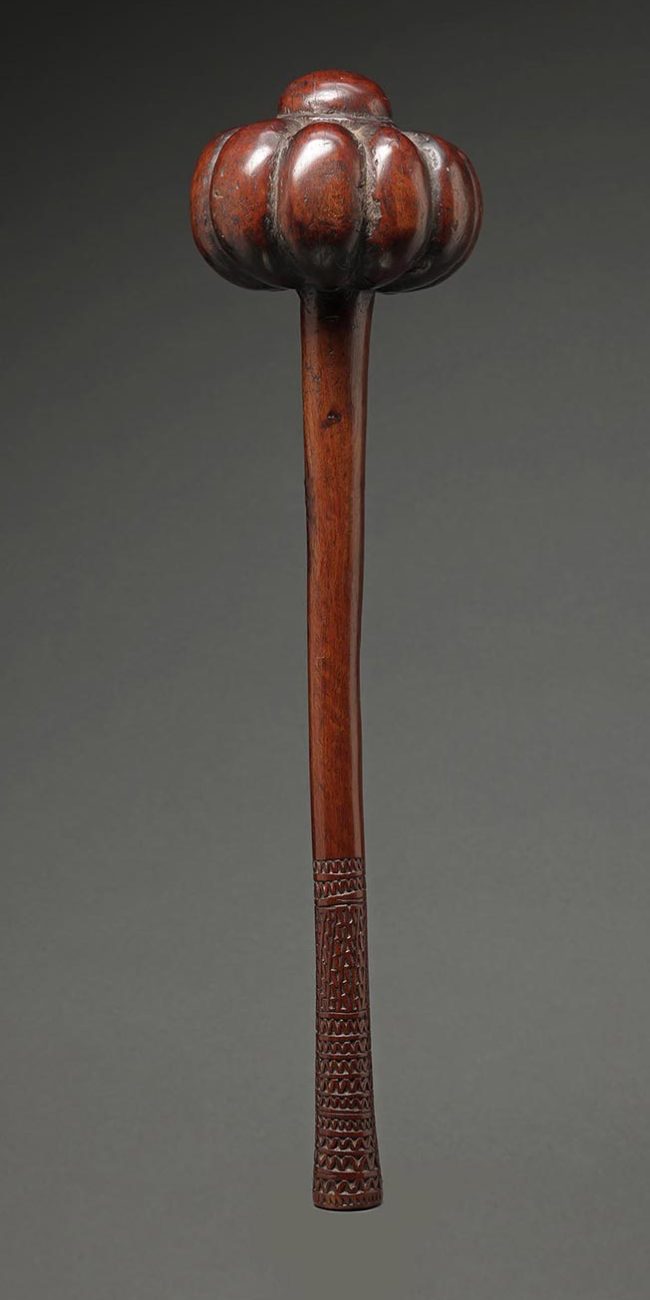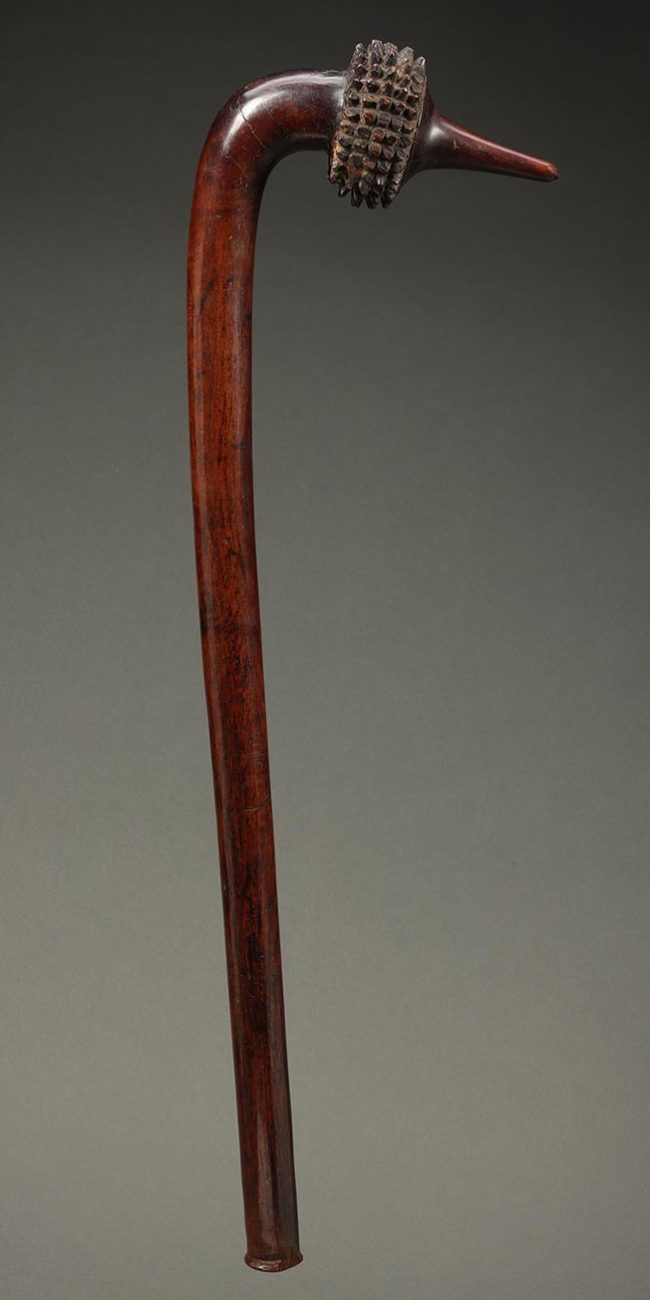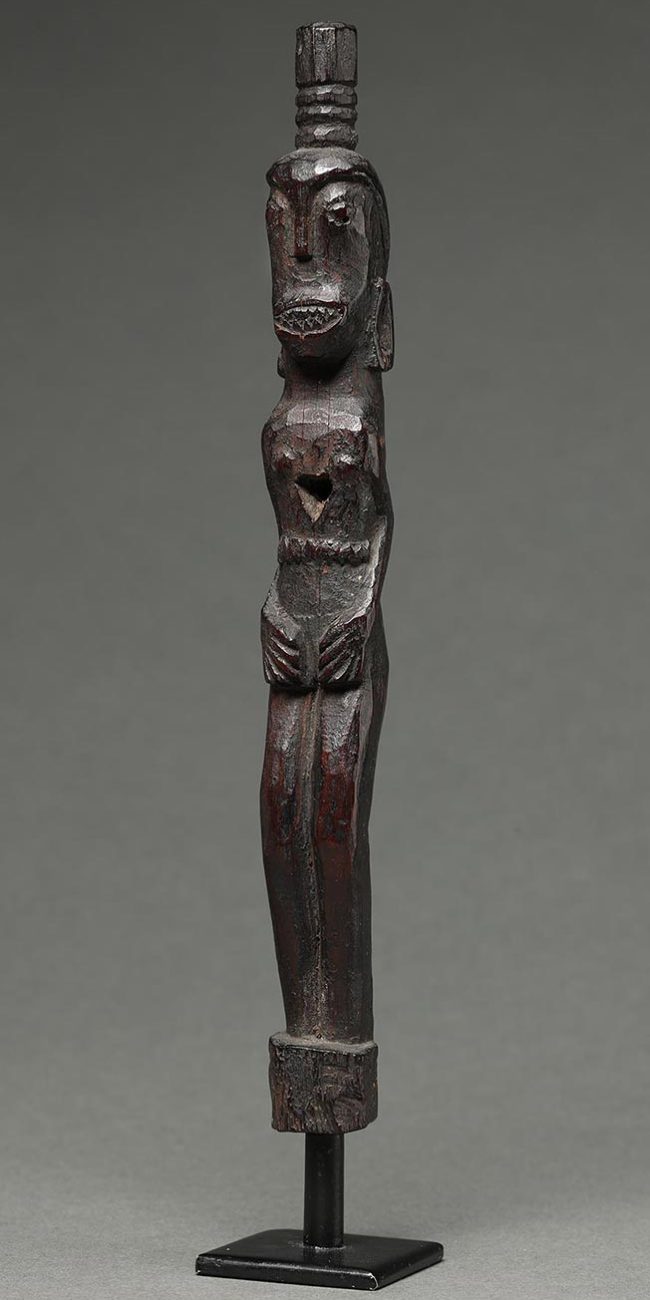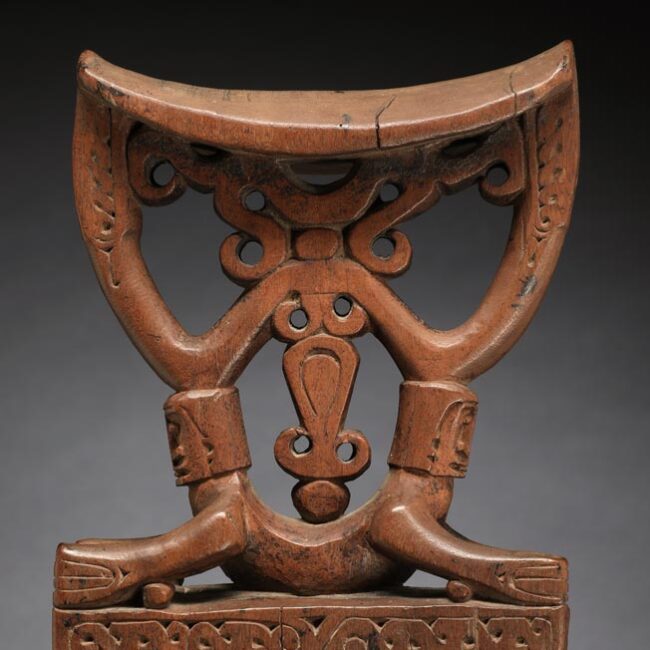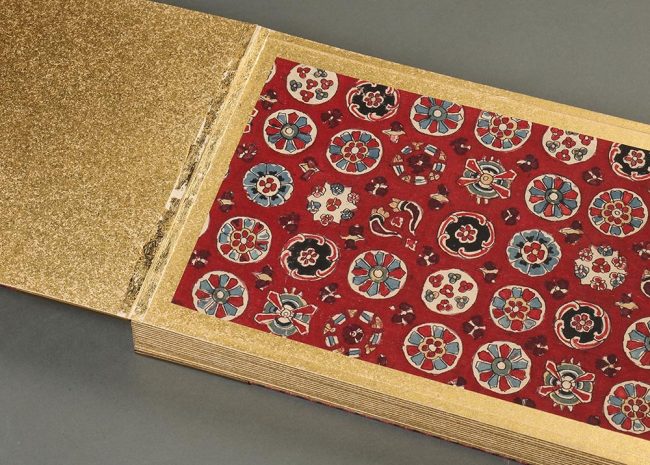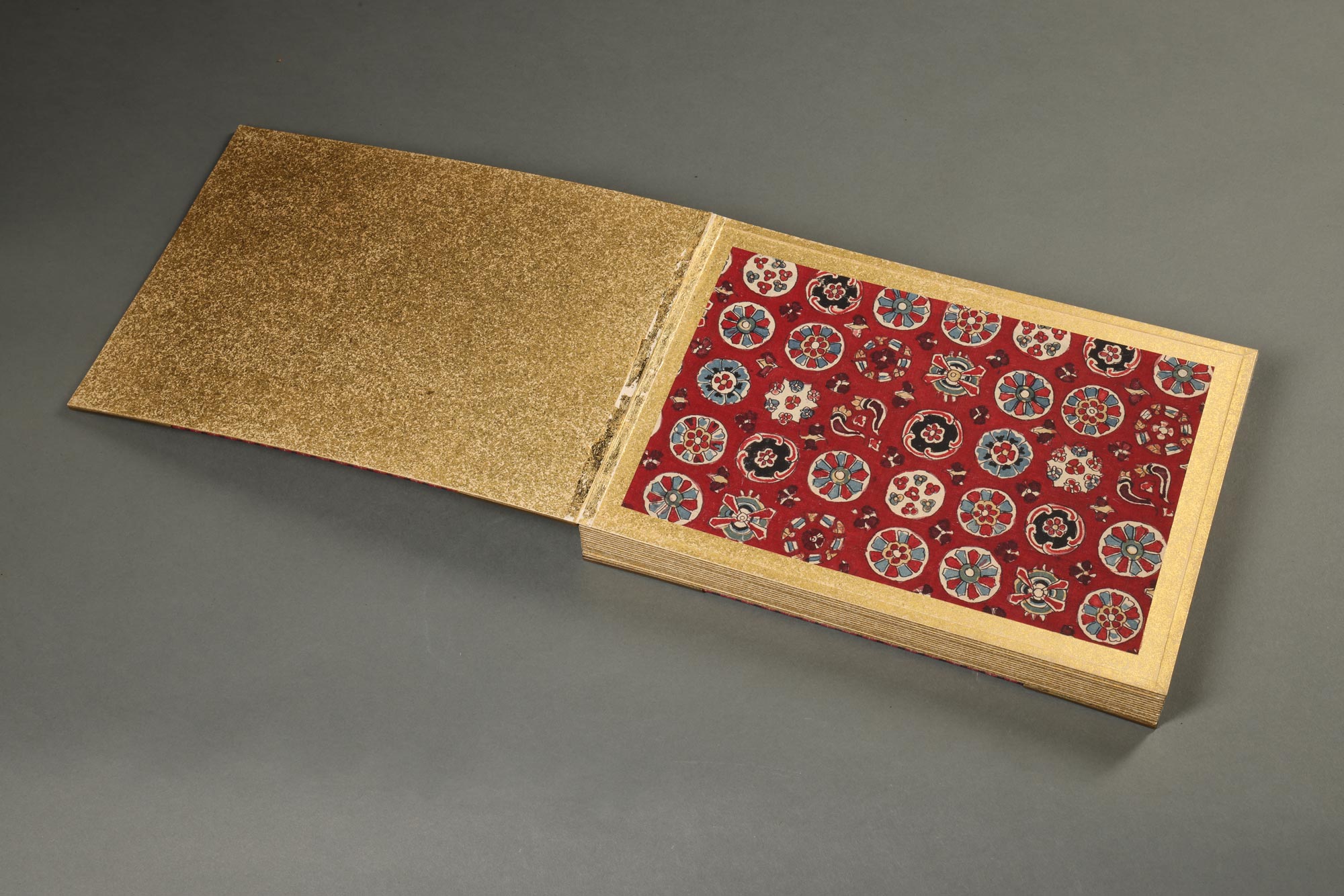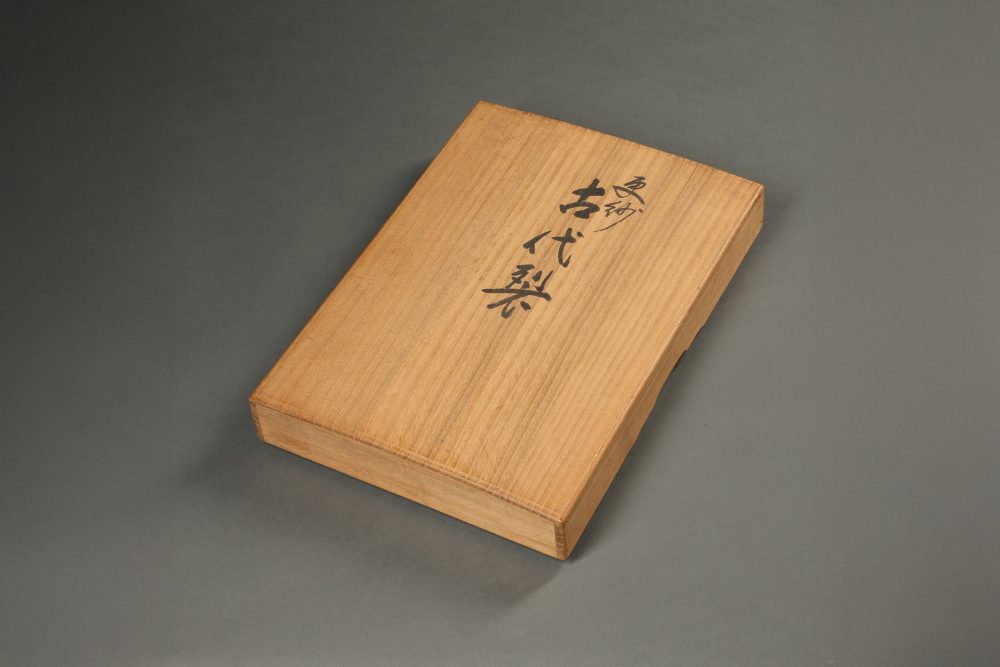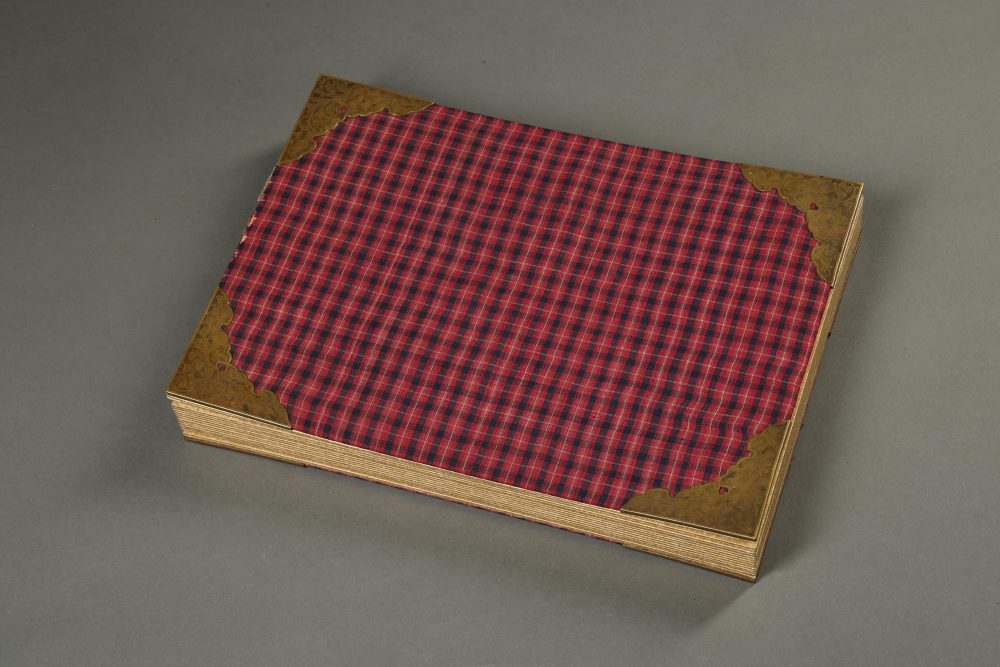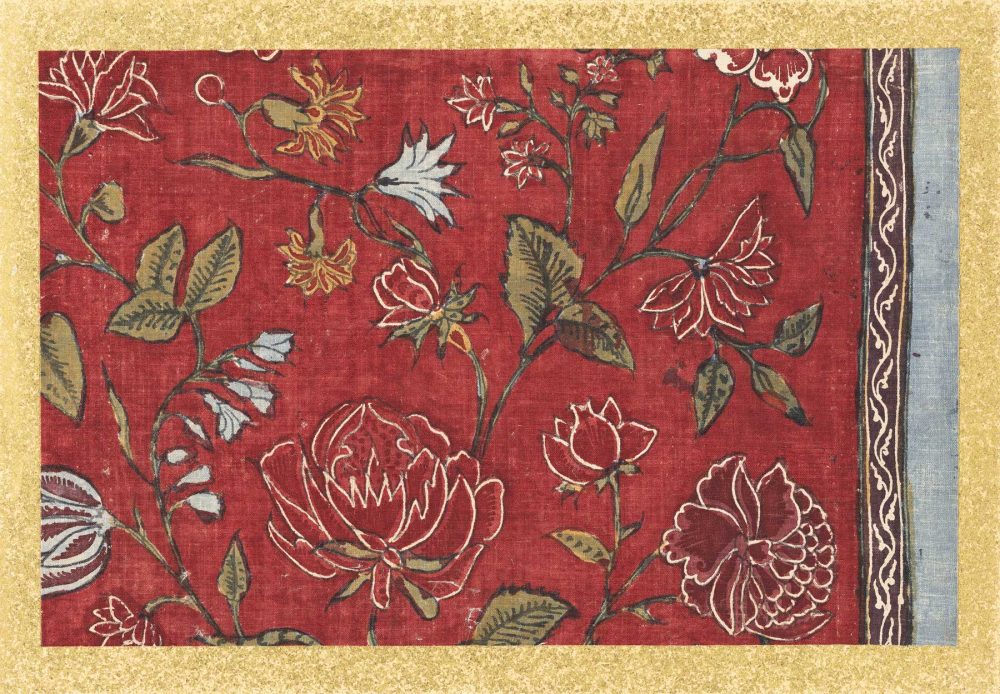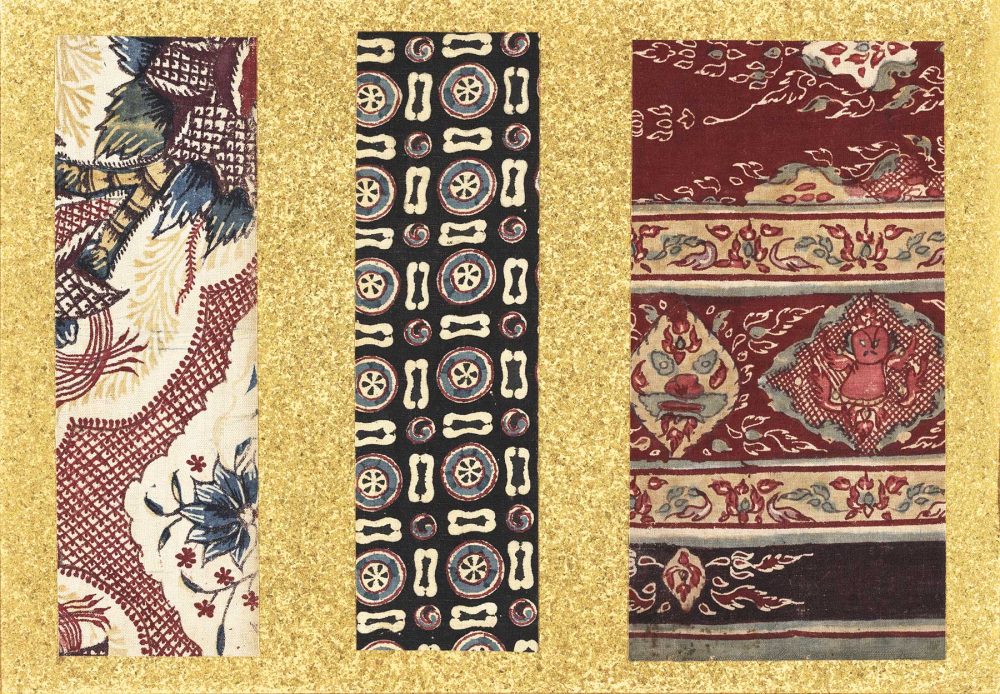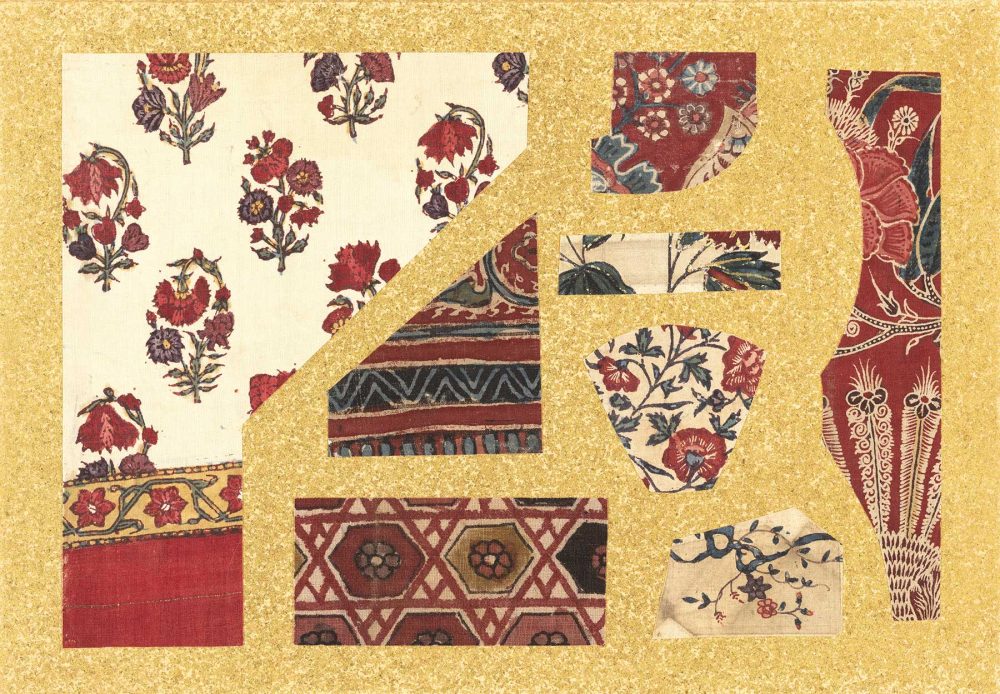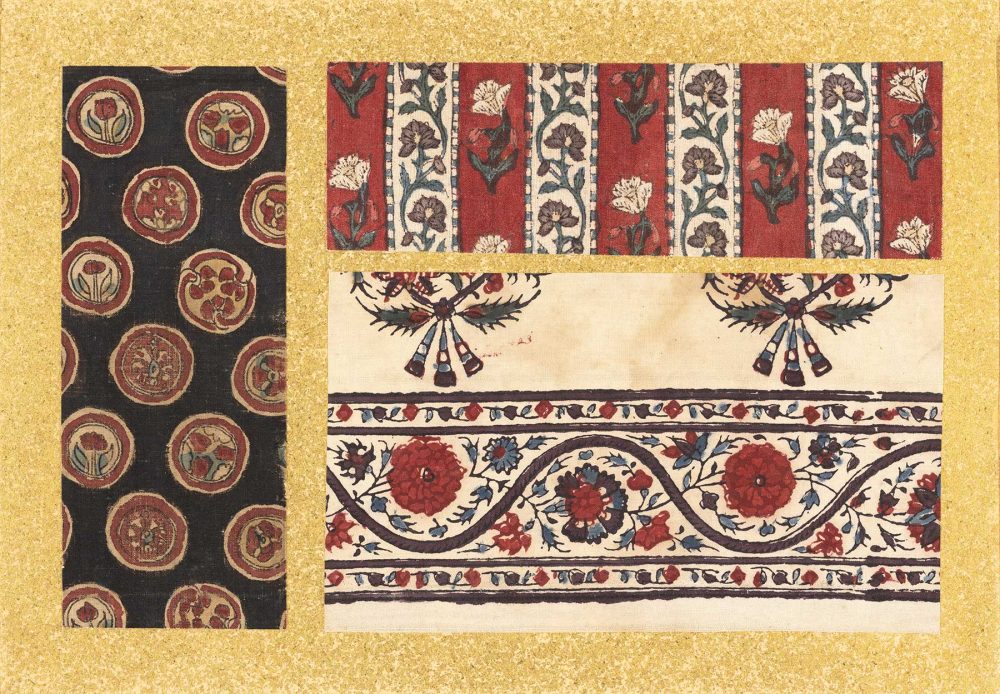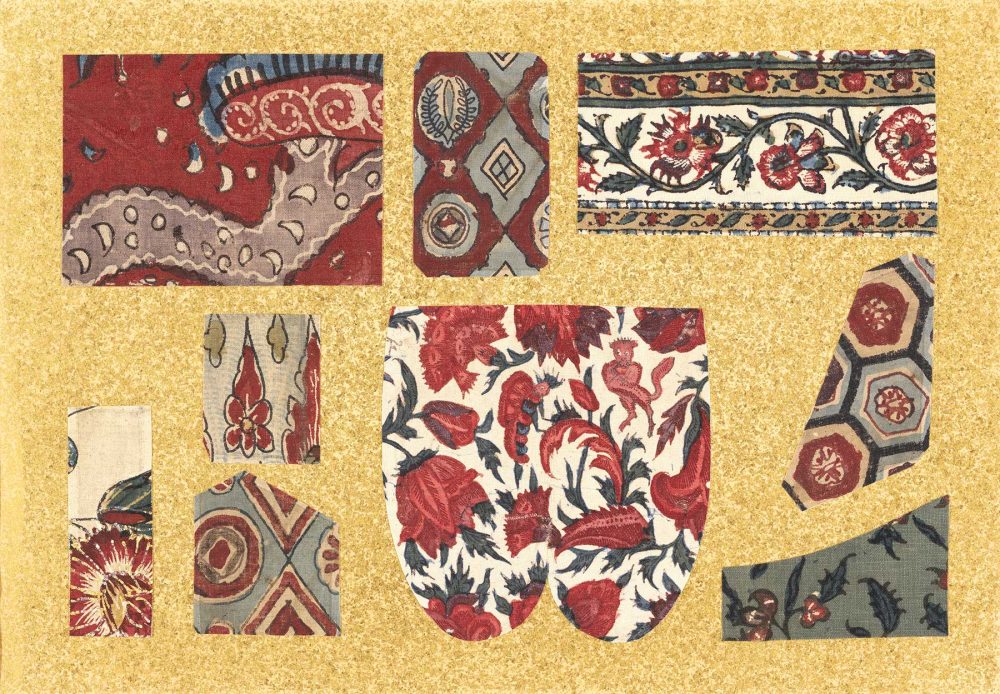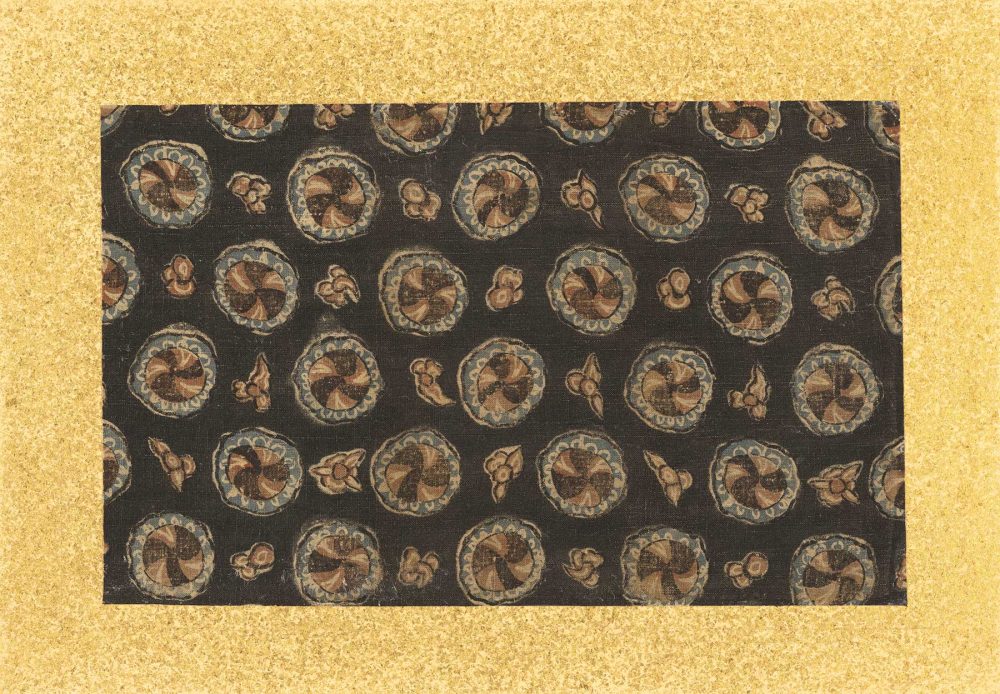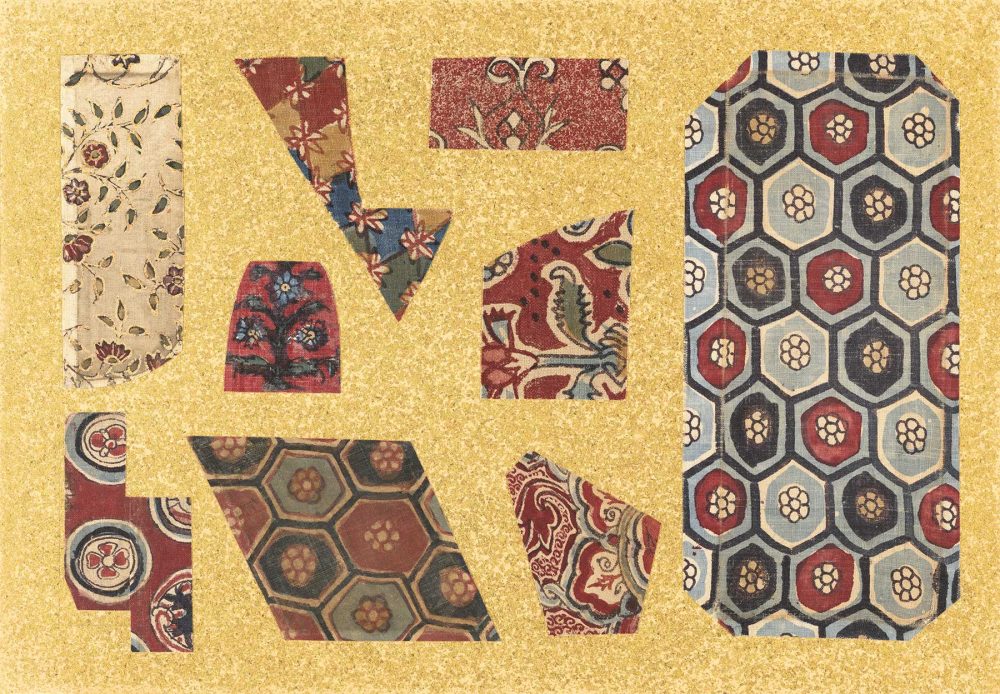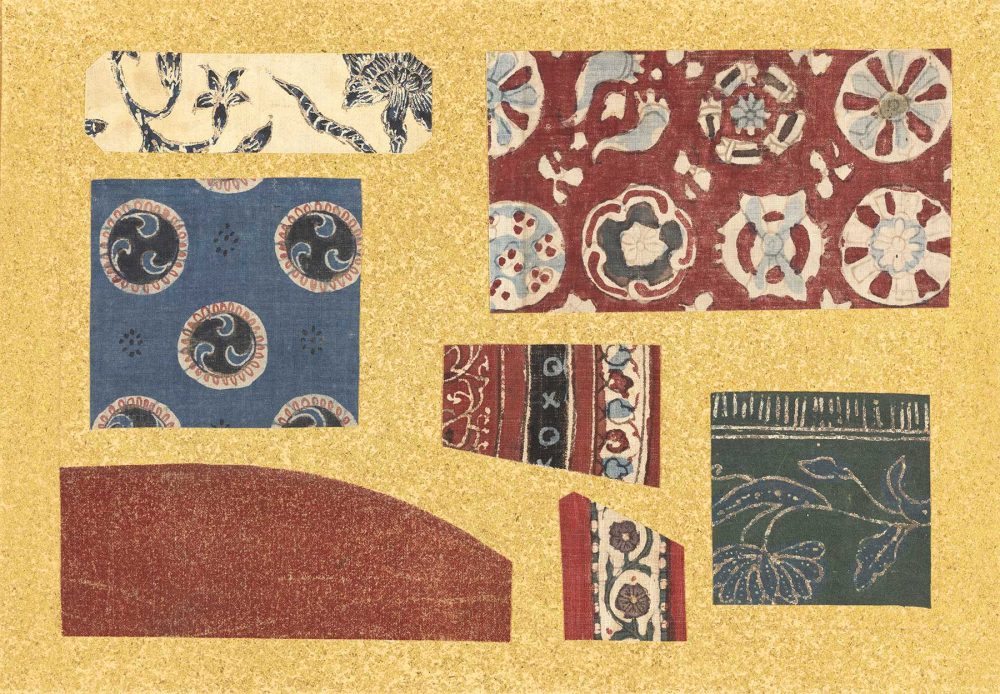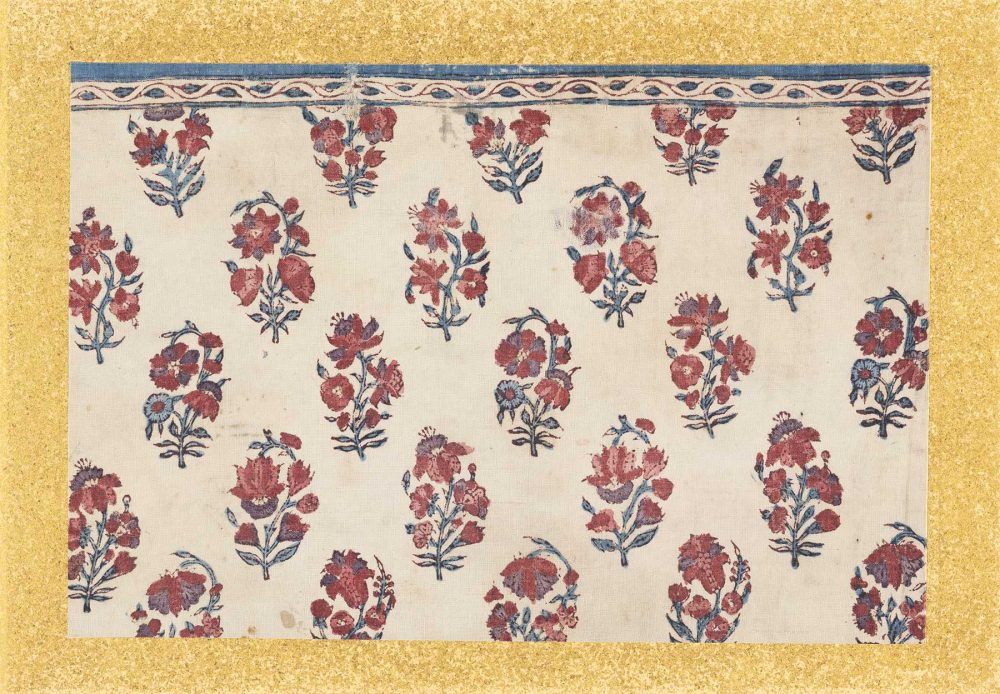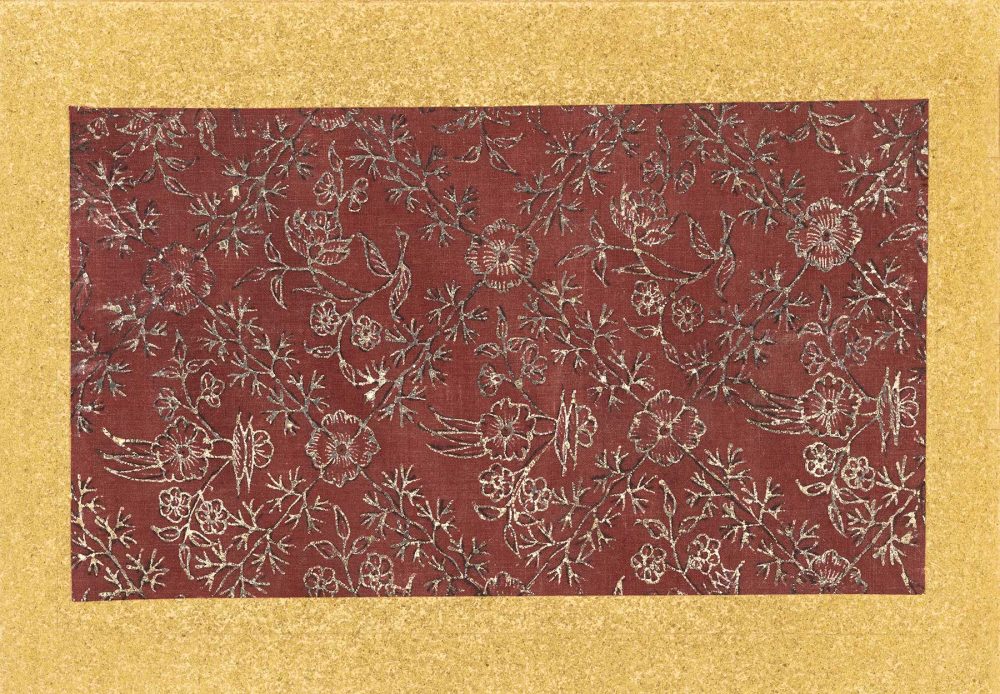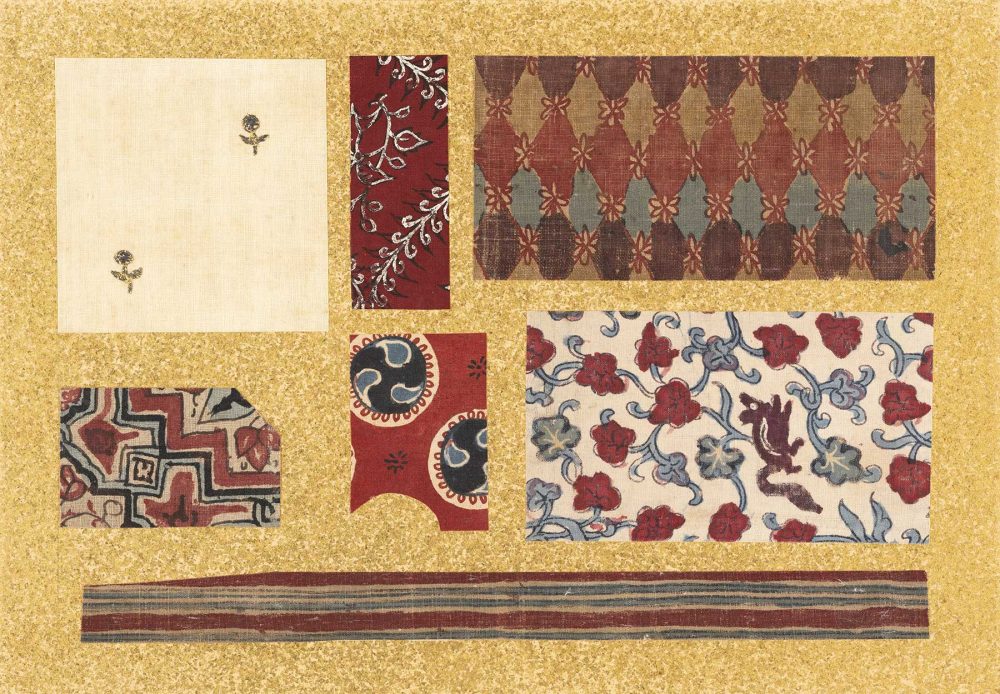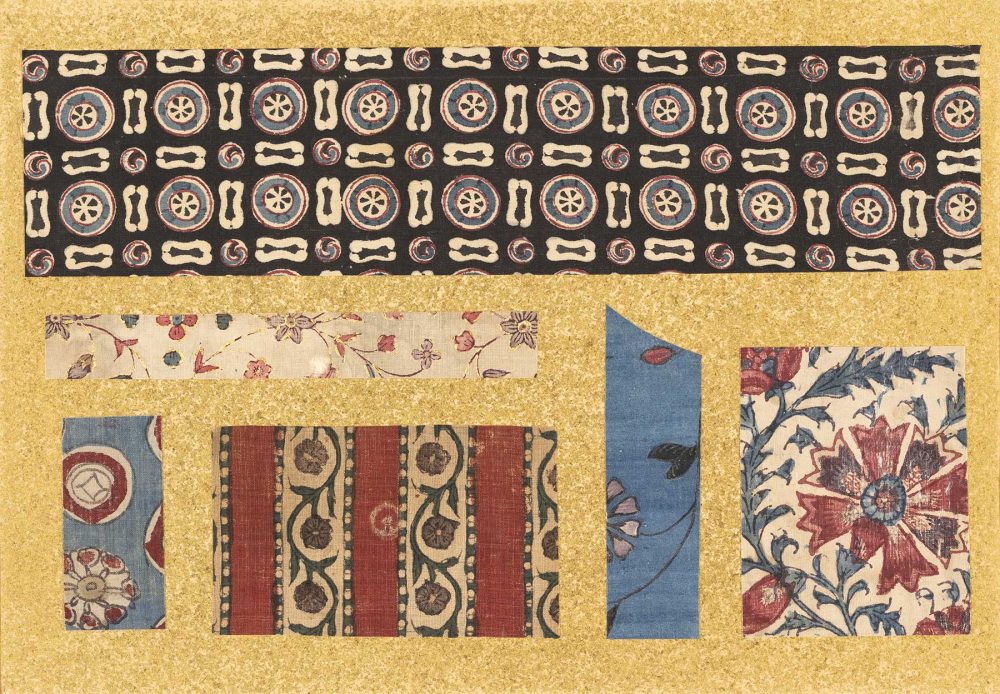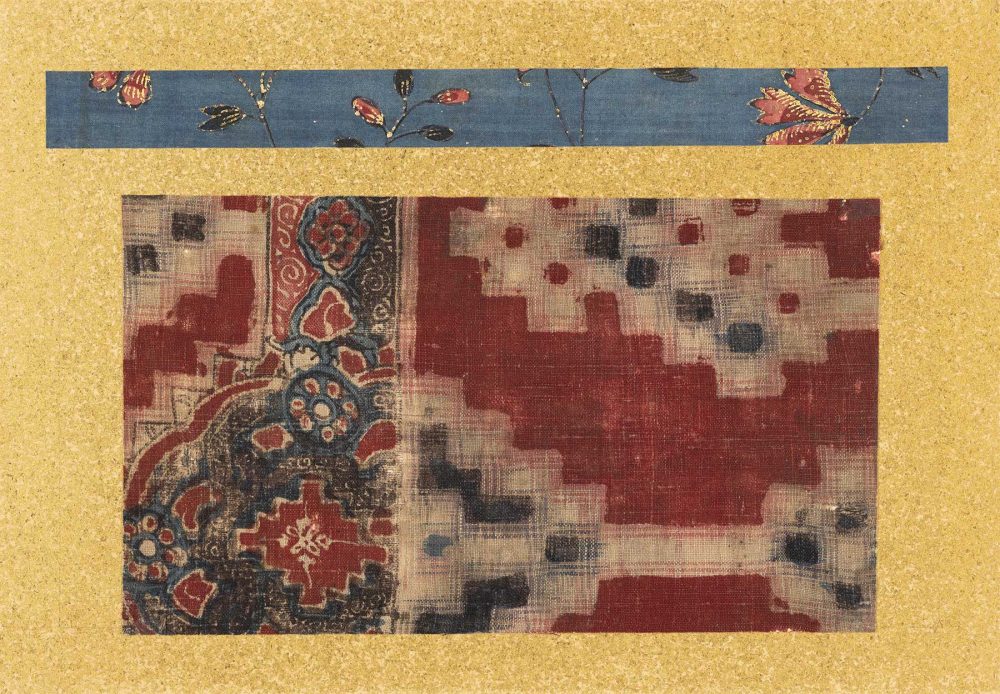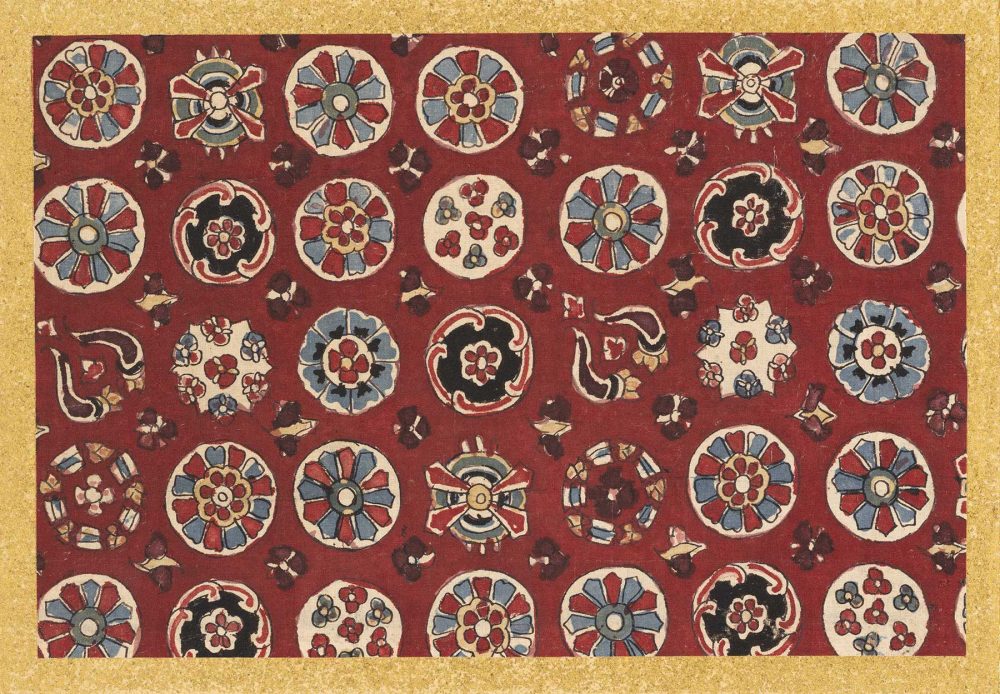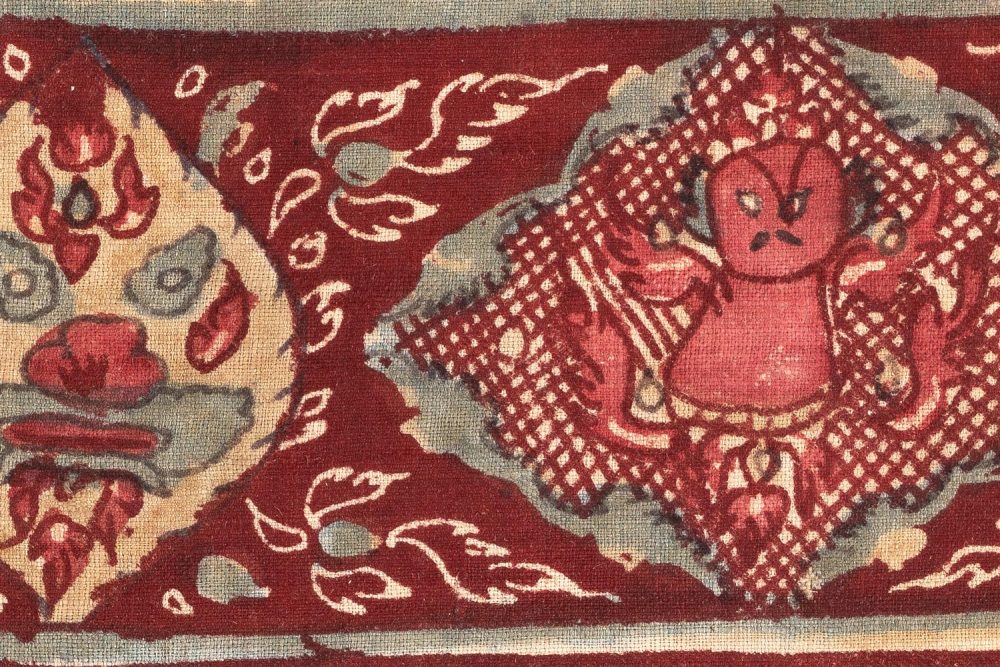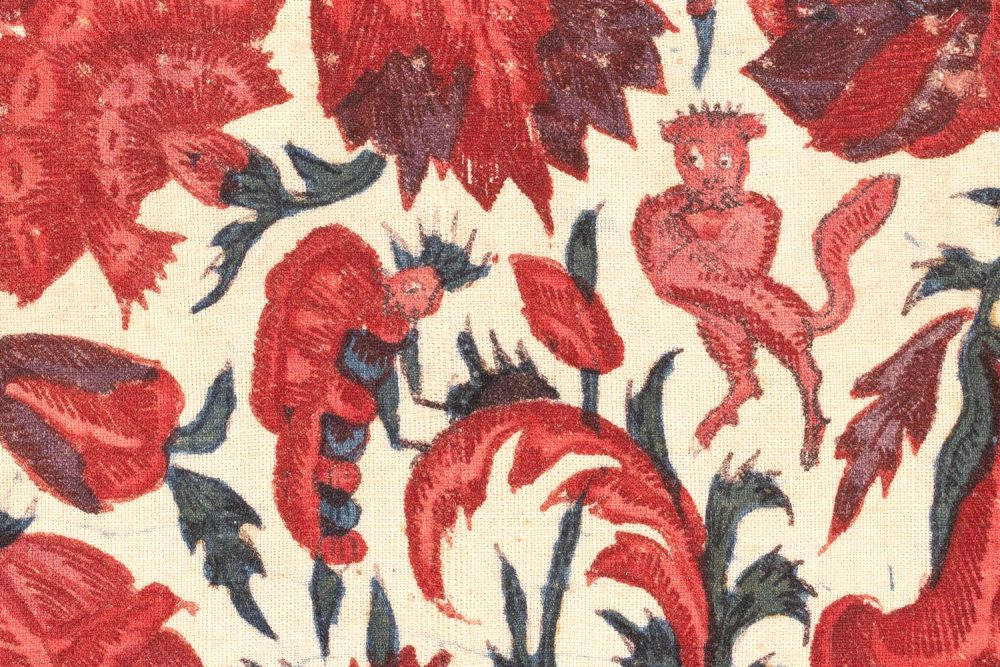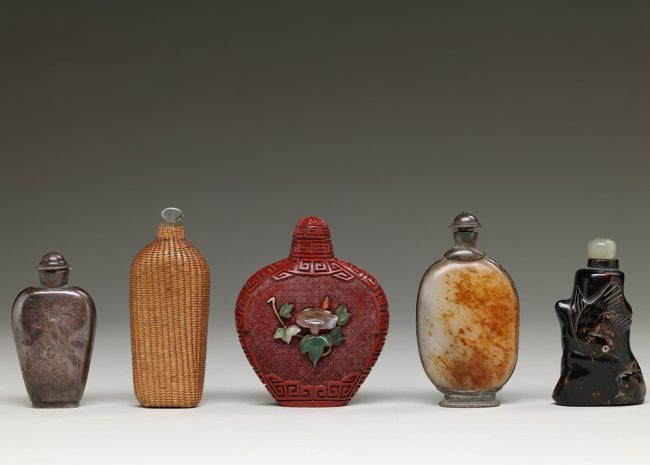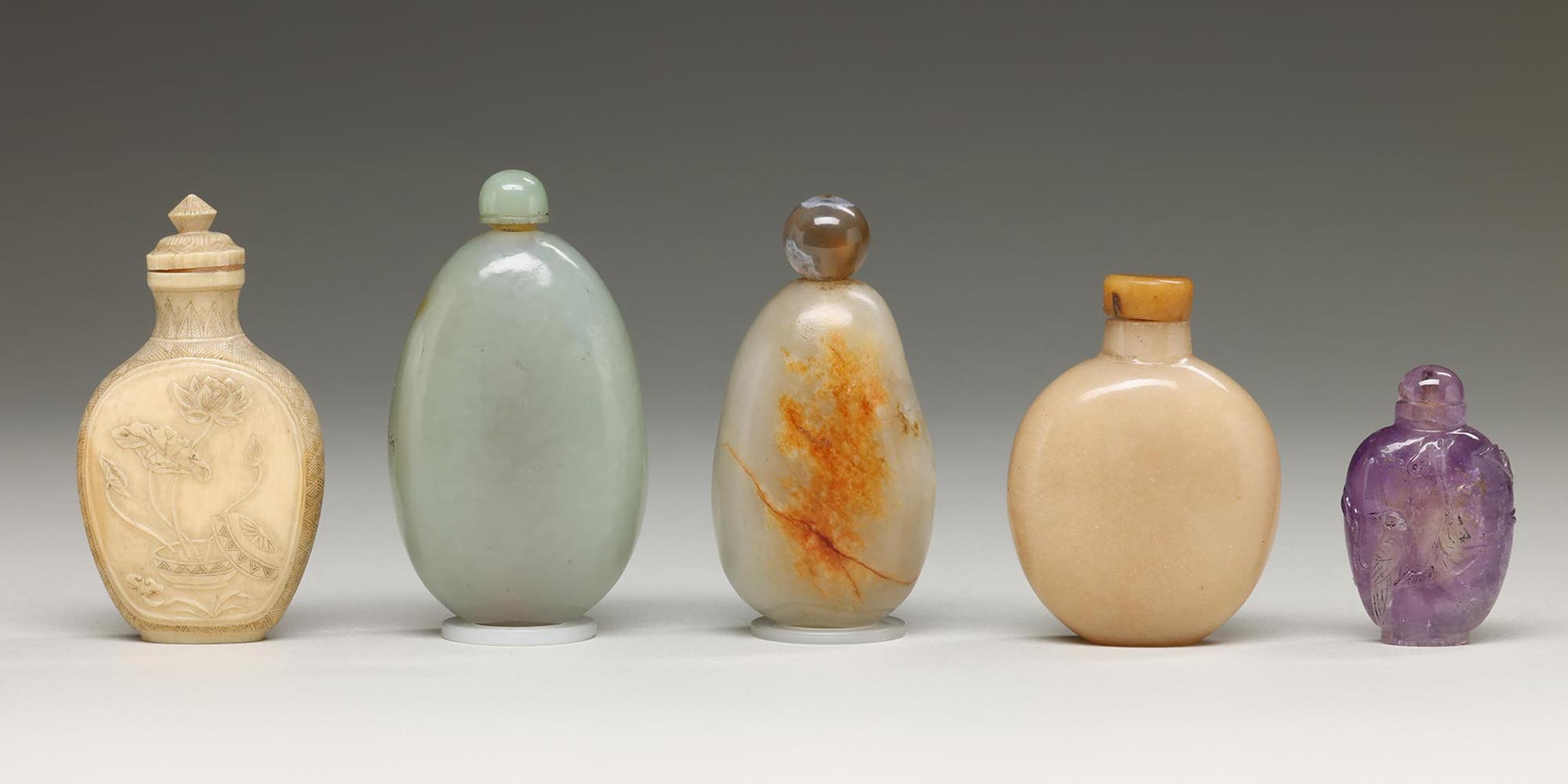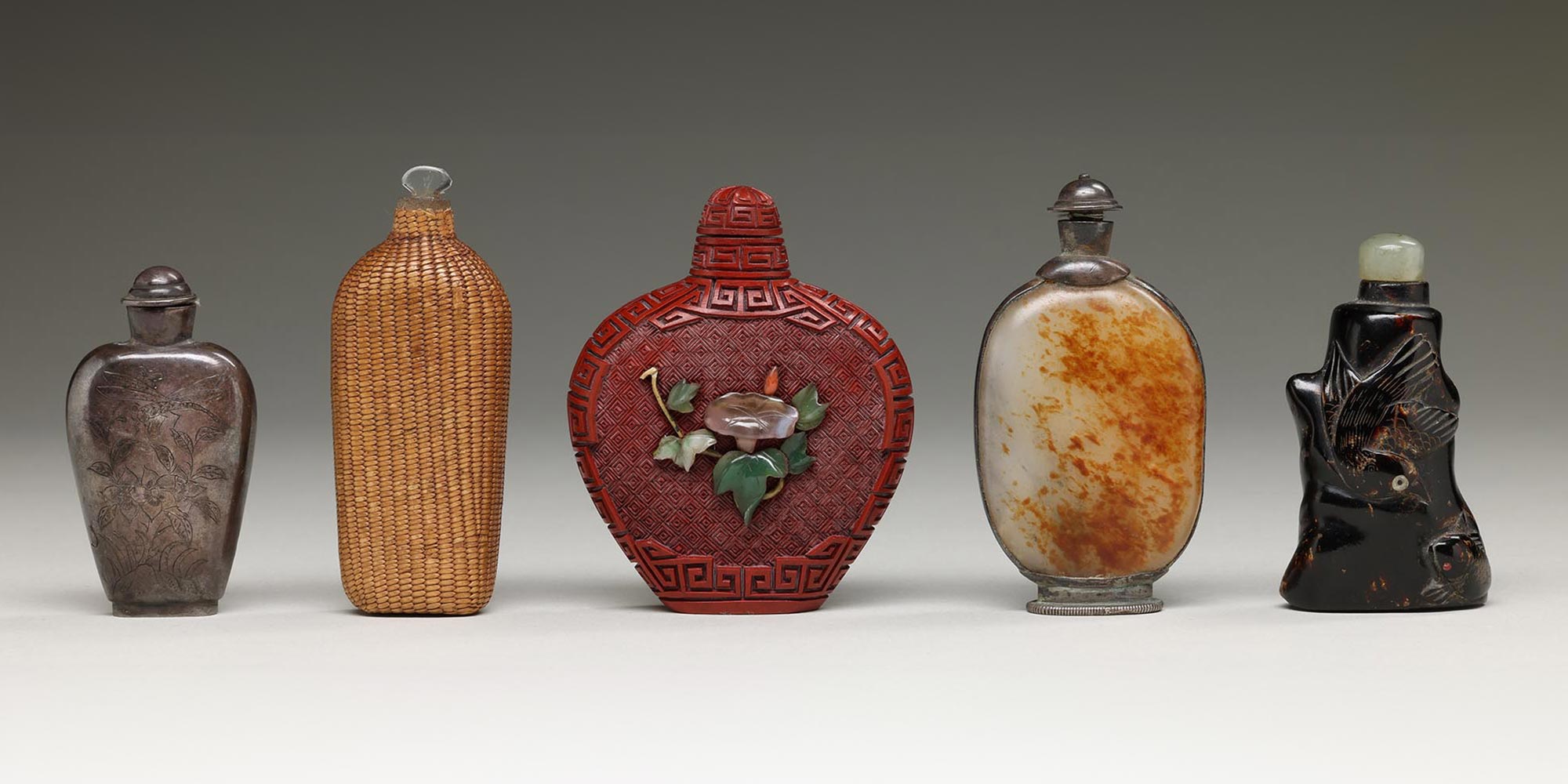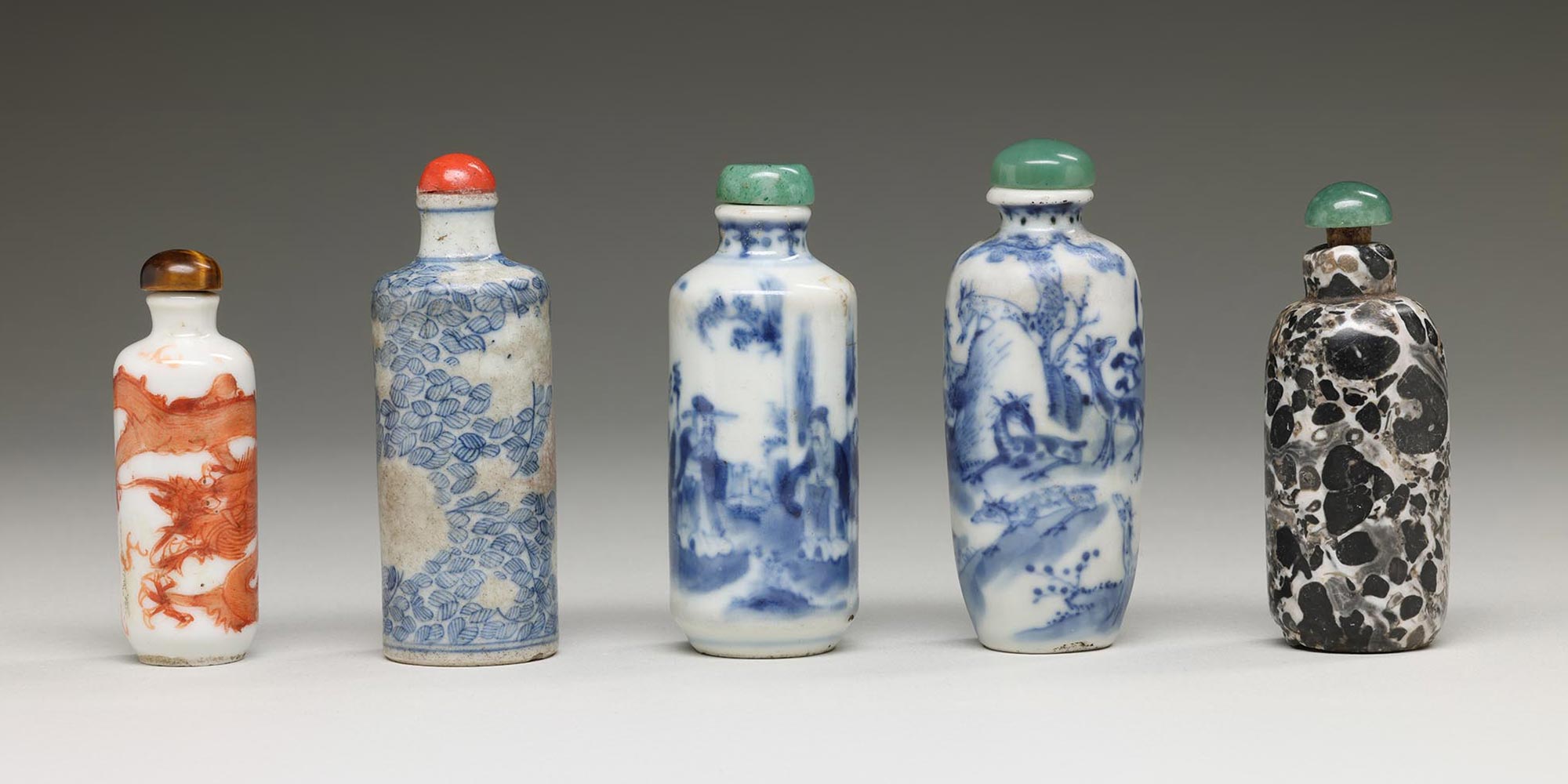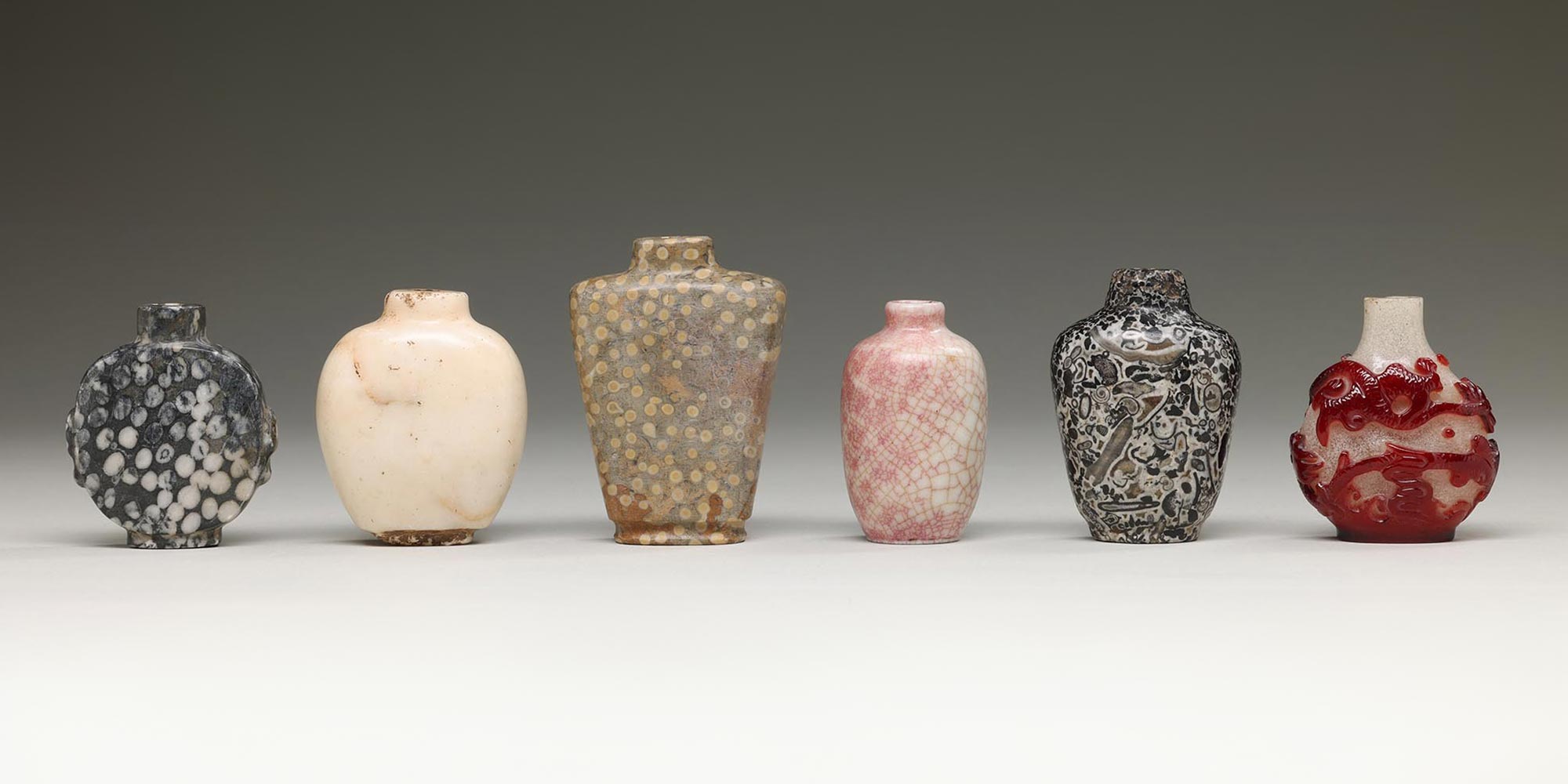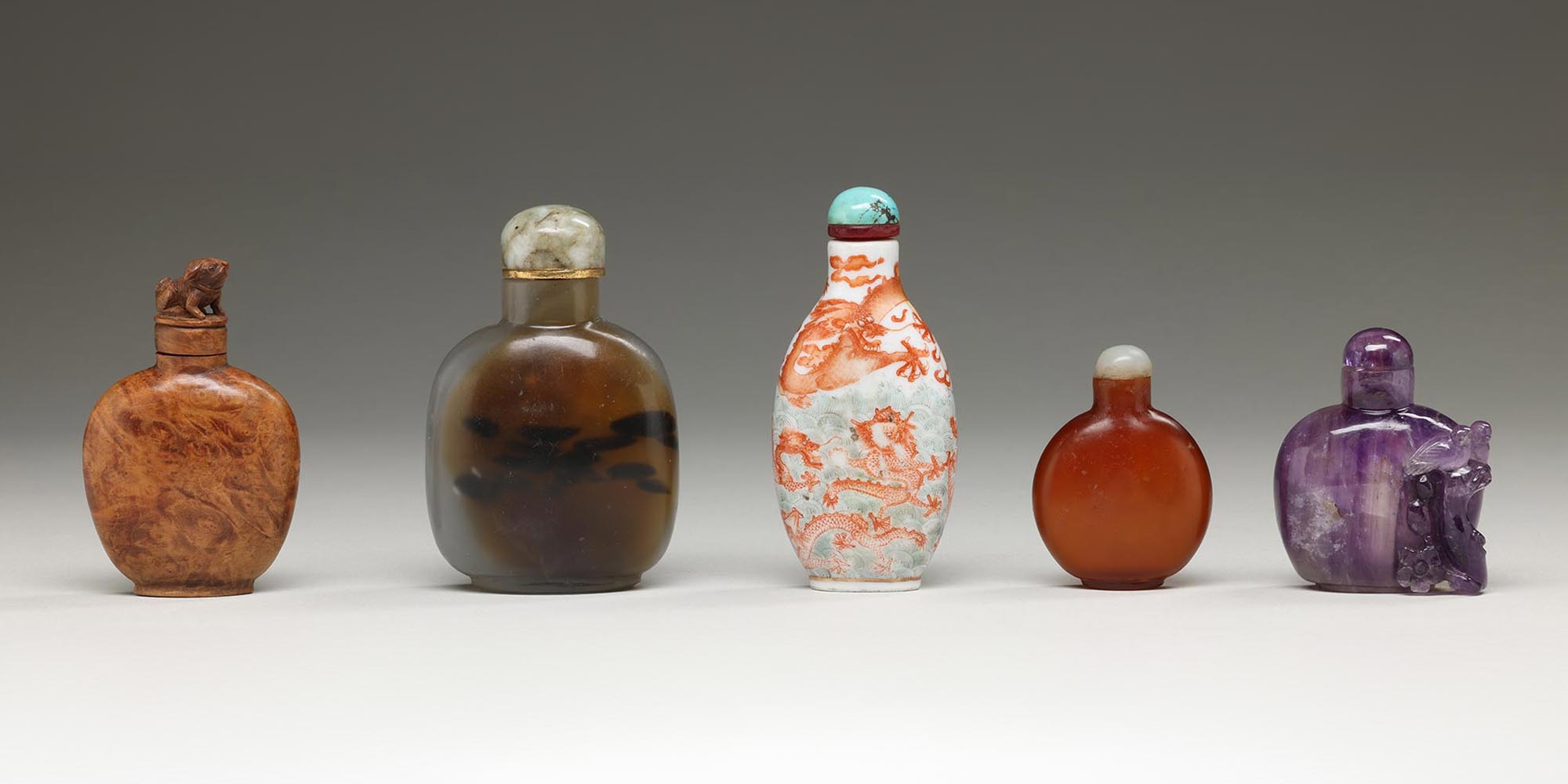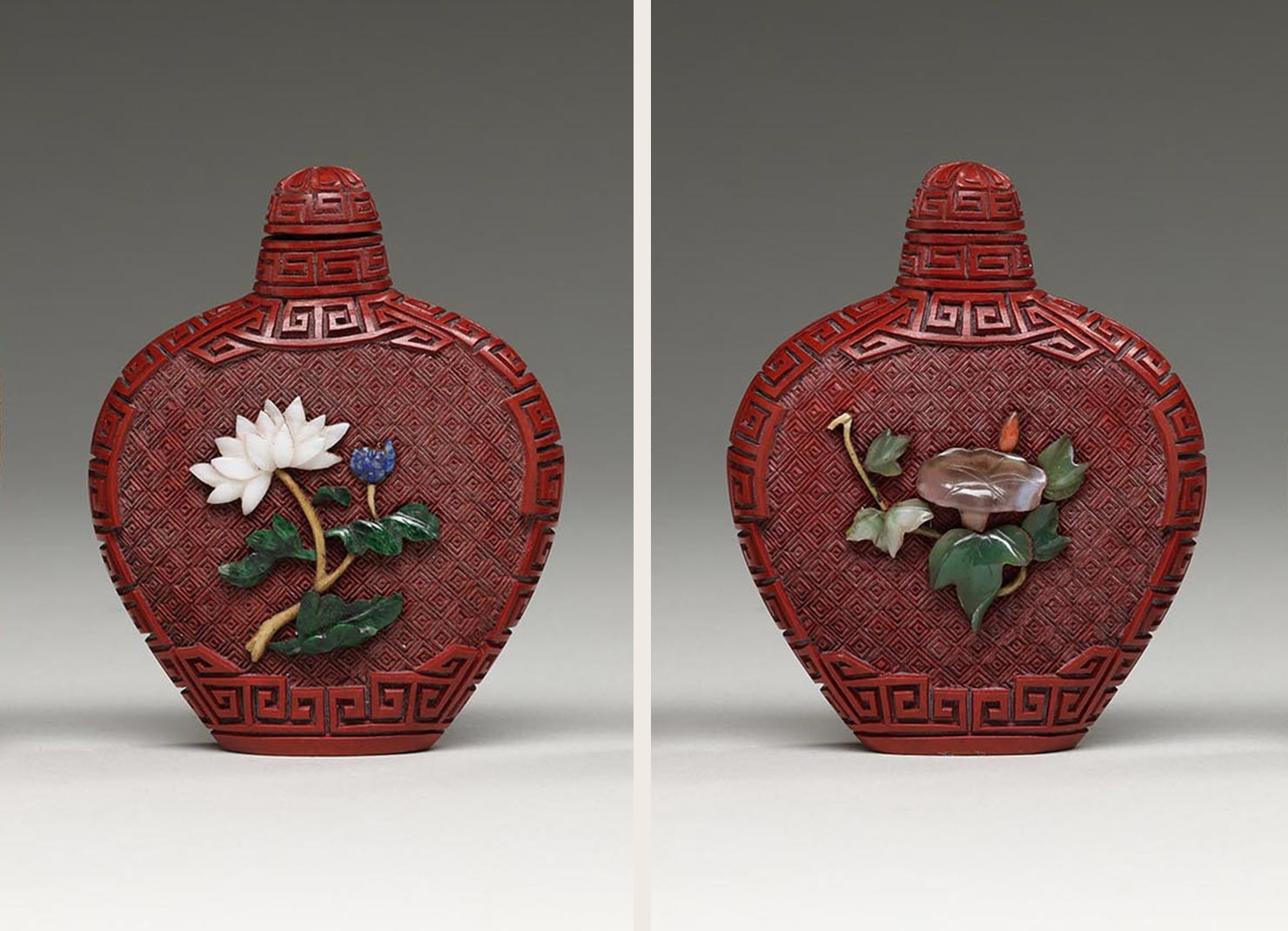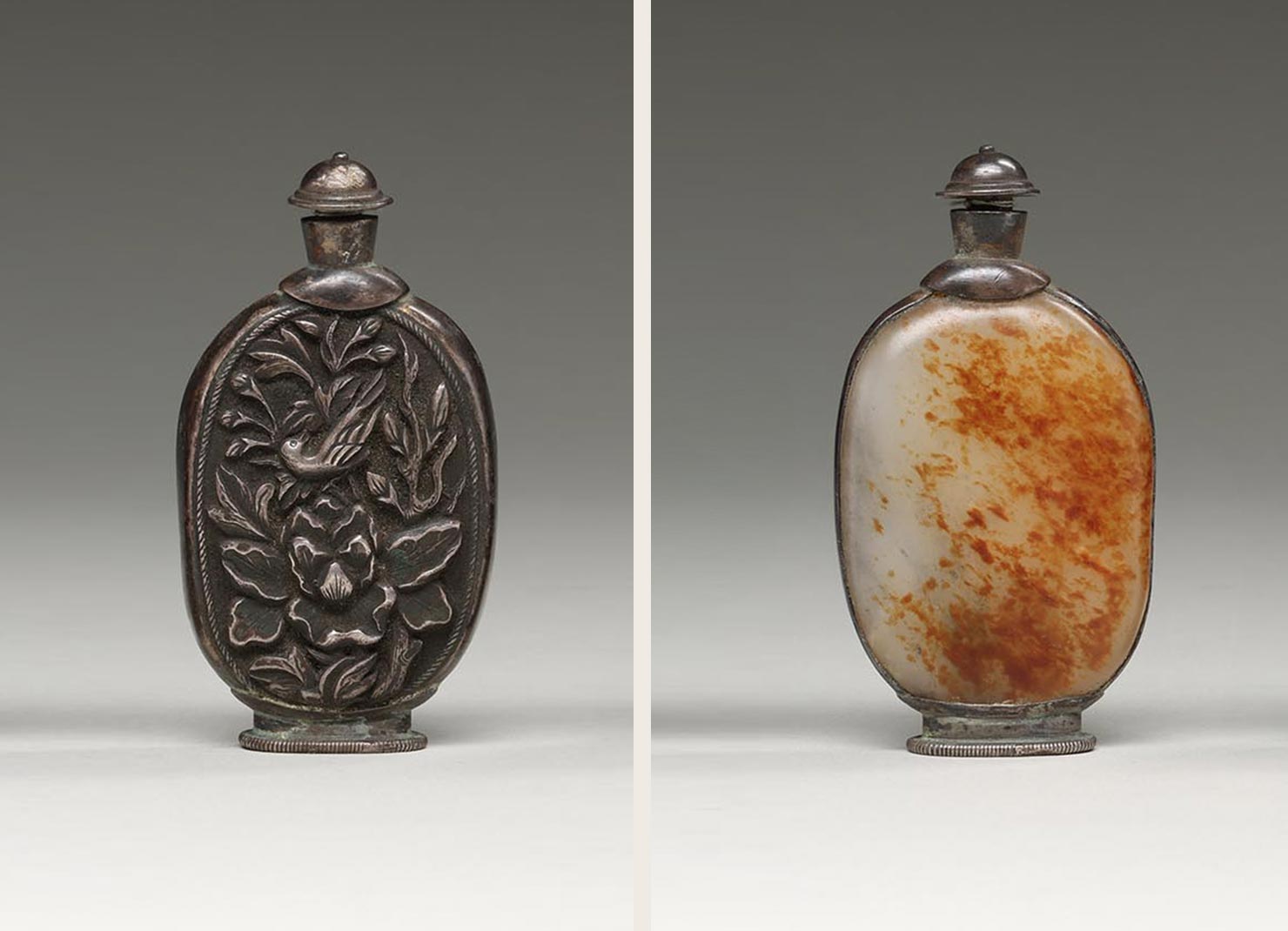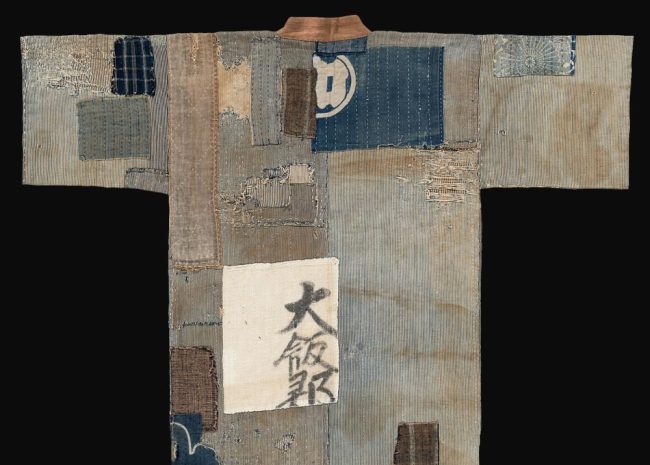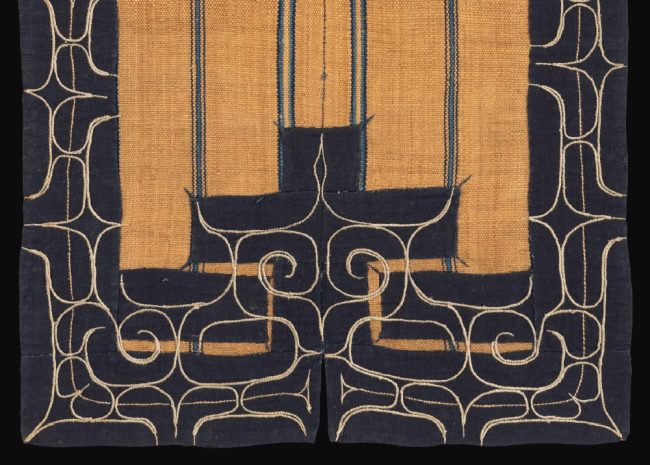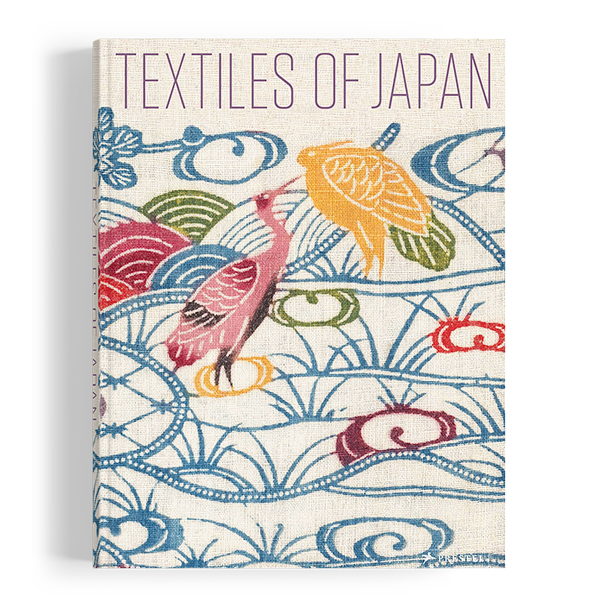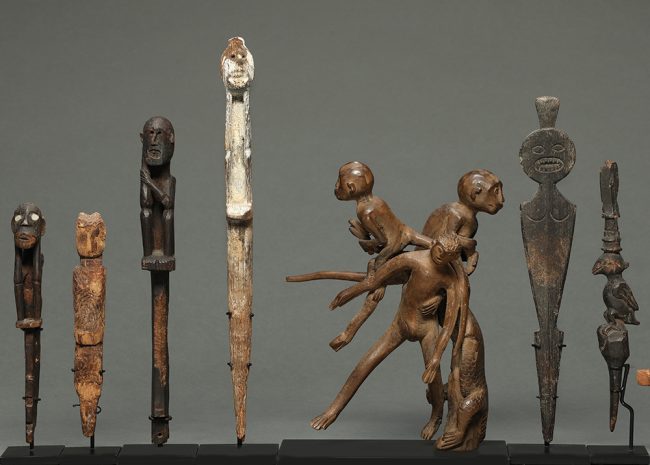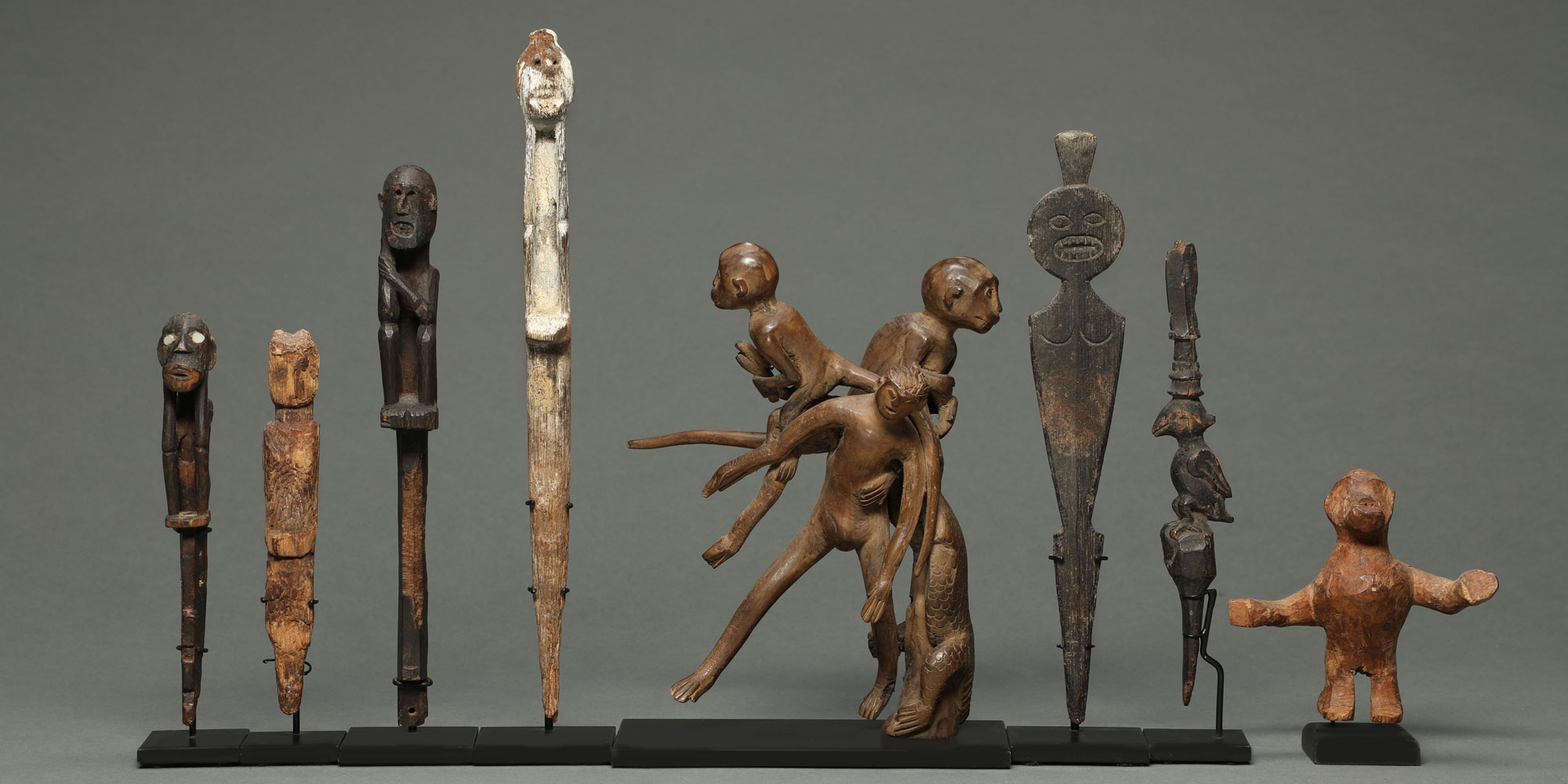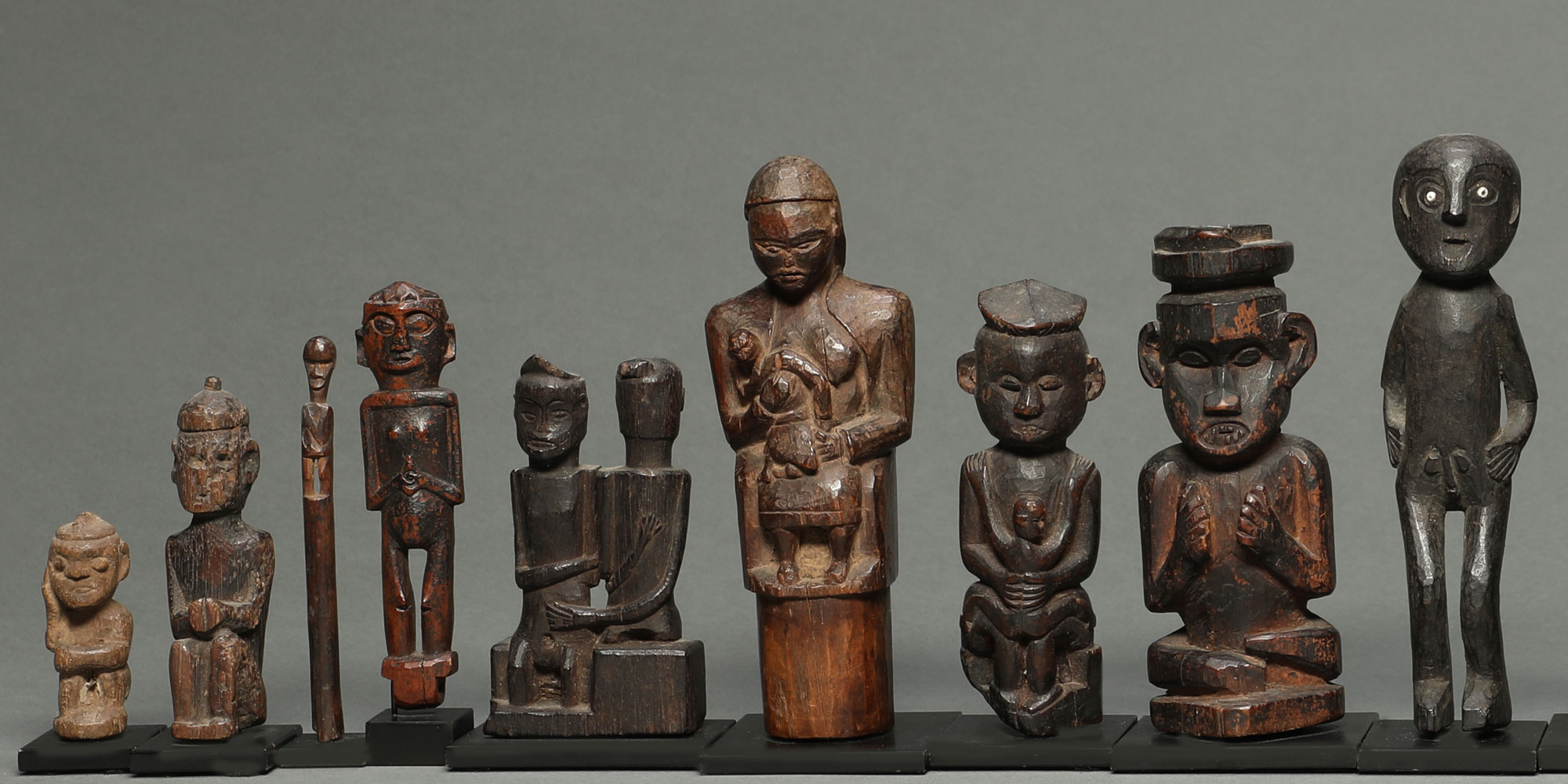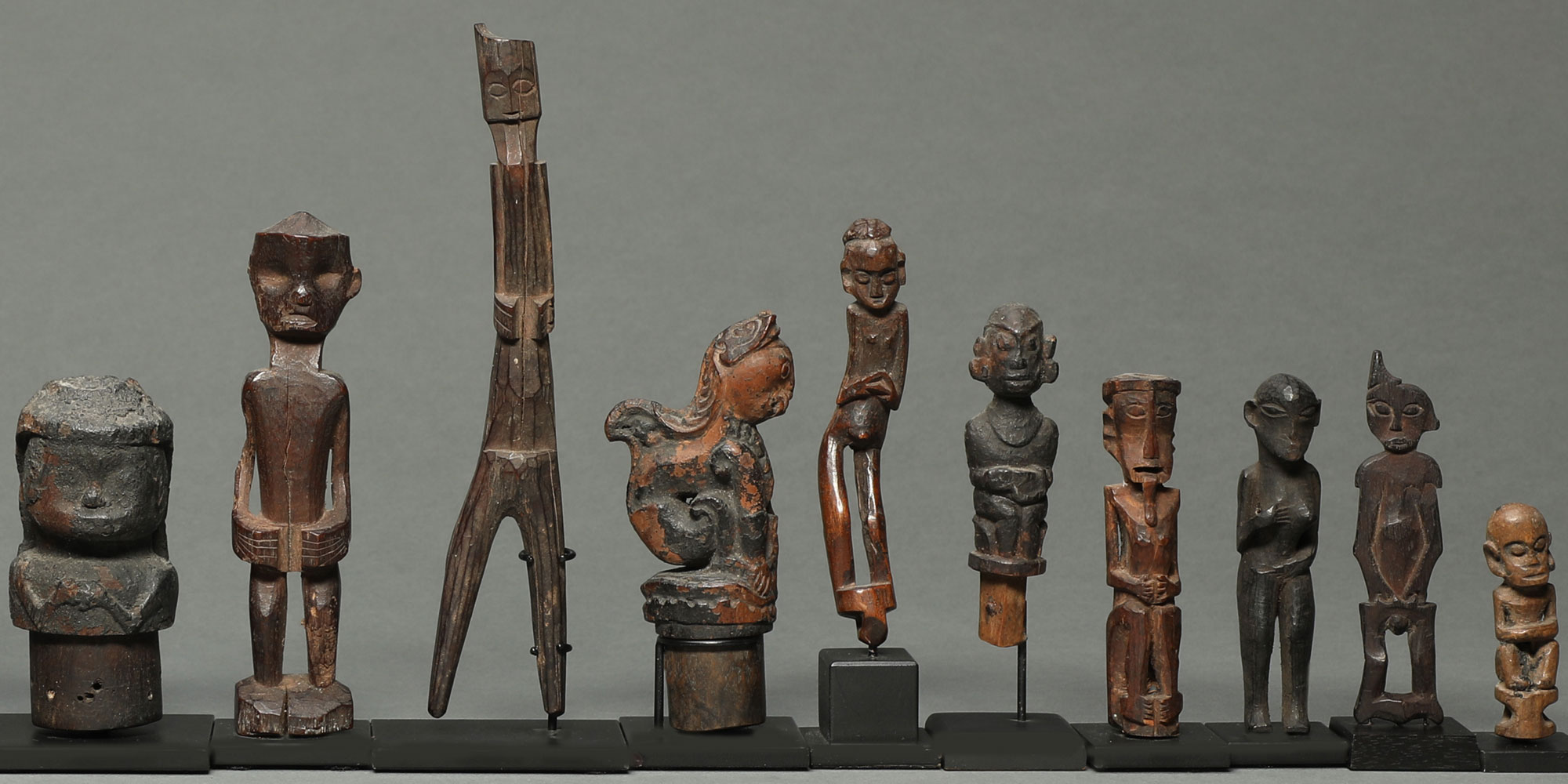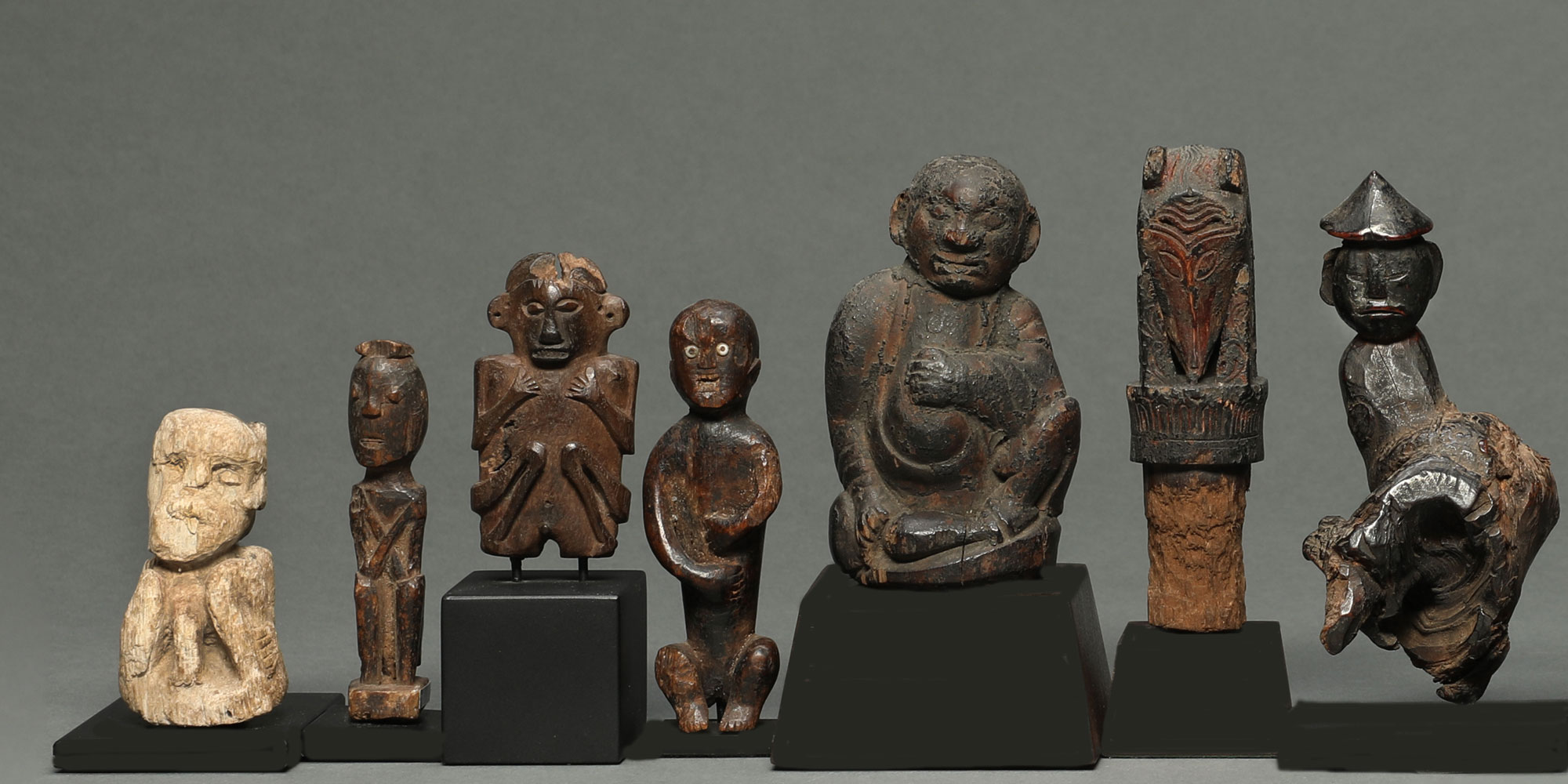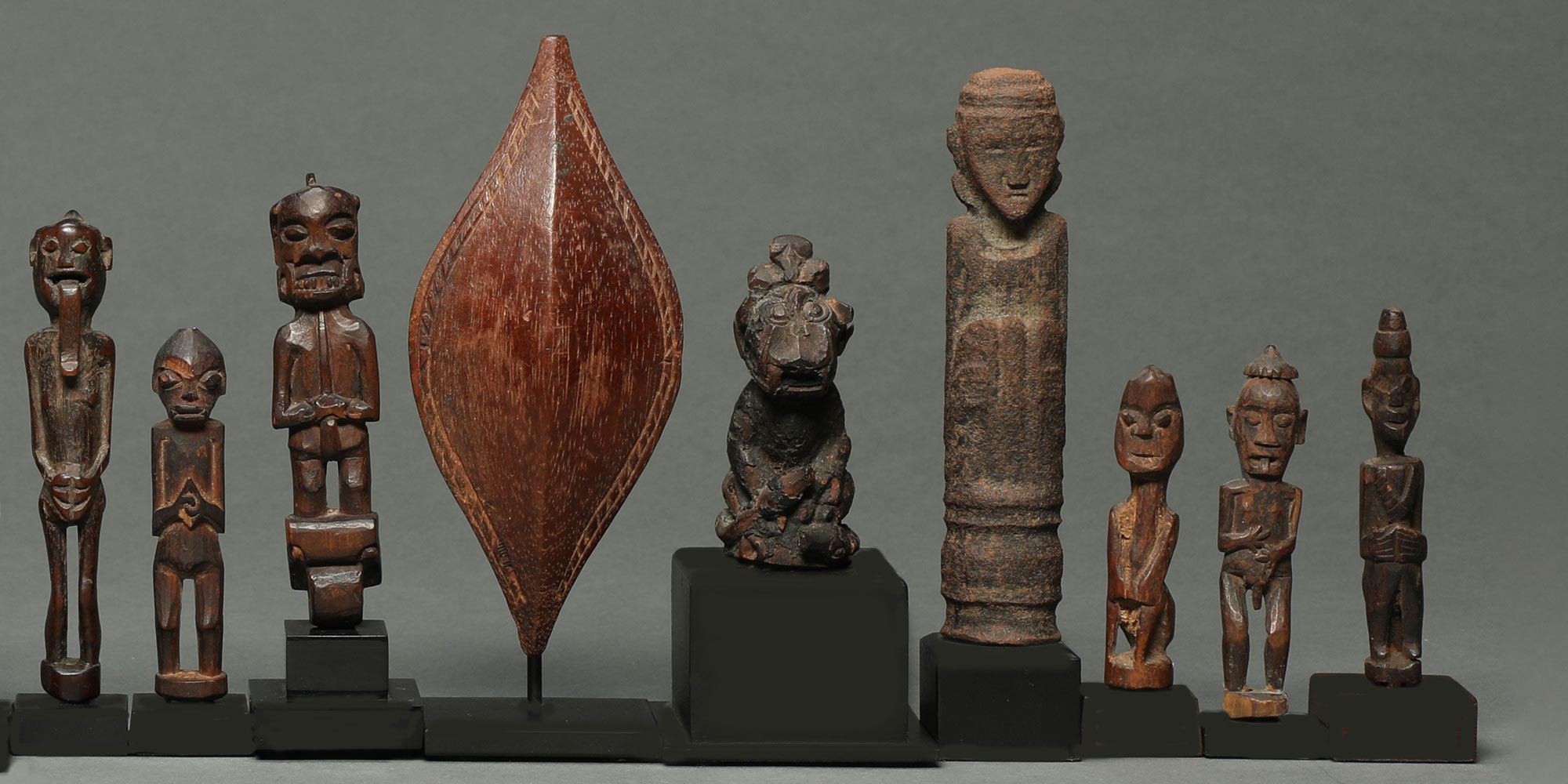June 2025 Collection
Rare Objects and Textiles
We are pleased to present a rare and exquisite collection of 18 objects from across the globe. Highlights include a powerful Korwar sculpture and magic stick charms from Western New Guinea; Batak guardian figures and Nias ancestor figures; Fijian war clubs; a charming alpaca head ceramic and finely woven textiles from pre-Columbian Peru, some dating as early as 543 BC-121 AD.
February 22-28, 2025
VIRTUAL SHOW
In the recent publication, Textiles of Indonesia, Valerie Hector informs us that shells have been used in Southeast Asia as both ornament and currency for Millenia. Oliva shell beads were found in an archaeology site of Timor dating to circa 35,000 years ago and Nassarius shell beads were found in the same area dating to 4500 BCE.
Despite the emergence of the glass trade bead industry some two thousand years ago, hand fashioned shell disks continued to serve as a primary way of storing value and signaling prestige up through the 20th century for many ethnic groups of Southeast Asia and Oceania. This was owing to the extraordinary labor intensiveness in shell bead creation, and the principle that the further from the sea, the greater the value for all artifacts made from shell.
This small exhibition features shell artwork from some of the most legendary headhunting peoples of Asia,
including the greatest shell-decorated garment in the world from the Atayal of Taiwan; a blouse decorated with mother of pearl shell beads from the B’laan of Mindanao, Philippines; an early warrior’s cape from the Naga with appliqued cowrie shells, making a human figure amid circles; and an extraordinary Naga necklace fashioned from giant clam, both from the northeastern highlands of India.
It is a pleasure to share this deeply meaningful group with you!


